|
On a recent trip to Sicily, I had the opportunity to explore the wine regions in the Southeastern part of the island, including a special visit to Vittoria. I had not yet been to this area of Sicily and was bursting with curiosity. So, thanks to the gracious invitation of Assovini Sicilia, I happily returned to this magical island. And, as always, my love affair with Sicily continues to grow with each visit! Assovini Sicilia, founded in 1998, is an association of Sicilian winemakers. Their common objective is to promote the quality of Sicilian wine worldwide, giving voice to wine producers, promoting the region, maintaining high-quality viticulture, product quality, ethics, sustainability, and making a more pronounced impression in the marketplace. Currently, 90 wineries throughout Sicily form the association. I could write a book about this trip, with in-depth histories and anecdotes about each of the eight wineries visited as we made our way south to Siracusa, Noto, and Vittoria. However, today my article focuses on Vittoria, explaining why this is such a special part of Sicily and introducing a few of its wineries. Vittoria is a town and commune located in the province of Ragusa in southeastern Sicily. It is an idyllic region with ample sun exposure and beautiful marine breezes emanating from the Mediterranean sea to the south. It is surrounded by the stunning mountains of Erei to the north, the Iblei mountains to the east, and the hills of Caltanissetta province to the west. It is truly mother nature showing off! One can find a variety of breathtaking landscapes, historical and archeological sites, and several UNESCO World Heritage sites. Documentation shows that around the third century BC, an official deed showed the sale of a wine vineyard of one hectare proving evidence of viticulture in the Ragusa region. According to Consortia di Tutela Vino Cerasuolo di Vittoria DOCG, created in 2001, “Vittoria Colonna Henriquez, the woman that founded the city of Vittoria in 1607, promoted wine production granting privileges to wine growers. To celebrate the foundation, in 1607 she gifted 75 settlers a hectare of land if they would cultivate grapes, so favoring the quick enlargement of the vineyard in different sections of the region until the wine production, enhanced by the natural fertility of the soil, became a relevant fact in the whole area.” Documentation also shows that the province of Victoria prospered from the wine trade that began in the 12th century with the exportation of wine on sailing ships from Scoglitti, Vittoria’s trading port, to various parts of Europe. With a variety of fertile soils and microclimate conditions, the stage is set for the vines to prosper. Soils are mostly clay and limestone, with more sandy-loamy soil in the lower-lying vineyards closer to the coast. The vineyards enjoy a Mediterranean climate with cooling sea breezes during the summer and a large diurnal temperature range that helps to promote greater acidity and aromas in the grapes. Vittoria is not only an oasis for viticulture but also for farming produce such as tomatoes, oranges, onions, artichokes, and peppers. Stately olive, almond, and Carrubbo trees can be seen everywhere. Cerasuolo di Vittoria DOCG In addition to the territory’s sweeping history, unique viticulture, and wine production, Vittoria is also home to Cerasuolo di Vittoria DOCG and Cerasuolo di Vittoria Classico DOCG, the first and only wines with DOCG status in Sicily, established in 2005. Cerasuolo di Vittoria DOCG is the pride of the grape growers, winemakers, and bottlers that accomplished the prestigious Protected and Guaranteed Denomination of Origin for the Cerasuolo di Vittoria and Cerasuolo di Vittoria Classico wines. Cerasuolo di Vittoria DOCG is considered one of the most notable wines produced in Sicily. Cerasuolo means ‘cherry-colored’ in Italian, and the wine is known for its cherry red to violet color with floral and fruity aromas. Only the indigenous grapes of Nero d’Avola and Frappato are allowed in the blend. Frappato is one of the most ancient Sicilian grape varieties that is believed to have had its origins in the Ragusa province around 300 years ago. Frappato is light-bodied with low tannins and flavors of cherries and strawberries. Nero d’Avola is considered the “king” of Sicilian red grape varieties that has weight and is full-bodied along with a rich texture and dark red fruit flavors. Together, they complement and bring out the best in each other. The Cerasuolo di Vittoria DOCG tends to be lighter and fresher, and the Classico DOCG is more structured and has more richness. These wines run the gamut from elegant and fresh to alluring minerality and heady perfume while consistently exhibiting focused fruit and varying degrees of richness. Production Areas and Regulations Cerasuolo di Vittoria DOCG production is allowed in nine designated municipalities spread out among three provinces. The blend must be 50-70% Nero d”Avola, and 30-50% Frappato Minimum aging is eight months following harvest. Cerasuolo di Vittoria Classico DOCG production is only allowed in three municipalities, all of which are in Ragusa province and only in the historic Classico production area. Minimum aging is 18 months following harvest. Below is a brief introduction to four wineries and a few tasting notes of Frappato DOC and Cerasuolo Vittoria DOCG from a selection of many expressive wines sampled at each winery. Terre di Giurfo Achille Alessi is owner of Terre di Giurfo and also president of Consortia di Tutela Vino Cerasuolo di Vittoria DOCG. Terre di Giurfo has been in the family since 1872. They have 90 hectares of beautiful ancient land along the Drillo River valley bordering the town of Licodia Eubea and the Iblean Province. Giurfo practices organic farming, which they began ten years ago. Achille said, “70% of Cerasuolo producers are organic. Terre di Giurfo has always used experience and technology to create high-quality agricultural products, especially wine and oil, but always remaining closely linked to the territory’s characteristics.” The vineyards and olive groves are tended with careful cultivation and observation to ensure genuine and quality wine and oil, which are rich in fragrances and flavors typical of the area. In 2003 the cellar was equipped with innovative winemaking and bottling systems. Achille said they only produce wine from grapes they grow. Belsito Vittoria DOC Frappato 2019 This 100% Frappato is aged in stainless steel and is lush with cherry, red berries, and floral aromas. The palate offers juicy notes of cherry, strawberry, raspberry, balanced acidity, and a hint of spice on the finish. Maskarìa Cerasuolo di Vittoria DOCG 2017 The blend for this wine is 60% Nero d’Avola and 40% Frappato. It is aged in stainless steel tanks with time in the bottle as required by regulations. Beautiful aromas of blackberry, raspberry, and a hint of herbs and spices give way to soft tannins, gentle acidity, freshness, and dark cherry, with red and dark berries lingering on the finish. Valle dell’Acate Valle Dell’Acate is located in the heart of the historic Vittoria Classico region in the Biddini Soprana e Sottana district near Acate. Founded by Giuseppe Jacono at the end of the 19th century, the Jacono family has been active in vine growing and winemaking ever since Vittoria became Sicily’s epicenter for exporting wine to France during the 1800s. Today the company is run by the dynamic Gaetana Jacono, part of the family’s sixth generation of winemakers. The old winery restored to conserve and honor Sicilian culture and traditions, and the new winery are surrounded by 70 hectares of vineyards (certified as biological) with breathtaking views. One can feel the deep history and roots here. There are seven different soils on the estate. And as Gaetana explained, “Each soil differs in color and consistency, contributing varied characteristics to the wines. So, each soil is carefully selected to help characterize the individual grapevine. For example, for the 100% Frappato, the vines are grown in black soil, with white pebbles in the middle, contributing decent acidity and complex perfumes to the wine. I think it’s magic soil! The Frappato used in the Cerasuolo DOCG comes from vineyards with clear red soil. “We need a different Frappato with more structure for the Cerasuolo. Below is a slideshow of the different types of soil.Il Frappato Vittoria Frappato DOC 2021 This 100% Frappato is aged for six months in steel vats and then aged for a minimum of three months in bottle. Fragrant aromas of red fruit, raspberries, floral, and herbs segue onto the palate with mild tannins and freshness. Cerasuolo di Vittoria DOCG Classico 2019 The grapevines planted in dark red soil produce Nero d’Avola, while the vines planted in clear red soil produce Frappato. The blend is 60% Nero d’Avola and 40% Frappato. The wine is aged 12 months in barrels and tonneaux and then bottle-aged for a minimum of nine months. It has aromas of red and dark fruit, berries, spice, floral, and herbs. The palate offers smooth tannins with notes of minerality, nice acidity, cherry, vanilla, and strawberry lingering on the finish. Iri da Iri Cerasuolo di Vittoria DOCG Classico Cru 2013 One of Gaetana’s dreams is to produce a long-aging Cerasuolo. So, with Carlo Casavecchia, the winemaker, she is making this dream come true. “Finally, after five years of aging in the cellars, we have presented the first vintage of Iri da Iri, the Cerasuolo di Vittoria Cru DOCG, the expression of one sole vineyard, a wine from the Biddine Soprano high plateau. A bottle which confirms our convictions, mine and from the hands of Casavecchia, an offering which demonstrates that Cerasuolo can give a wine of lengthy aging.” The blend for this wine is 60% Nero d’Avola and 40% Frappato aged together in large oak casks for 36 months and then a minimum of 18 months in bottle. It is a complex wine with powerful aromas, including cherries, red fruit, and baking spice. The palate is rich with a velvety mouthfeel, ripe fruit, spice, vanilla, and dark chocolate lingering on a long finish. Feudo Santa Tresa and Azienda Agricola Cortese "Two wineries, but the same heart." Siblings Stefano and Marina Girelli, entrepreneurs from Trentino, own both wineries and vineyards that are within walking distance (8 kilometers) from each other. Feudo Santa Tresa was purchased in 2001, a 50-hectare estate, followed by the purchase of Cortese in 2016, a 14-hectare estate. Although the estates are next door to each other, they each have their distinct microclimate and soils. Both estates use organic and biodiversity management. “In Vittoria, organic isn’t a choice, but a way of life. Our work is not limited simply to following the rules laid down for organic cultivation; it has become our philosophy, our raison d’être, and our way of life.” Cortese Sabuci Cerasuolo di Vittoria Classico DOCG 2017 Sabuci is the hamlet’s name in the Classico historical area where Cortese has been situated since 1930. The blend for this wine is about 70% Nero d’Avola and 30% Frappato. The Nero d’Avola is fermented in open-top barriques, and the Frappato is fermented in terracotta amphorae and remains in contact with the skins for up to 12 months. After blending, the wine is aged for six months, then another three months in bottle. Aromas of cherry, dark berries, baking spice, and cocoa segue onto the palate with hints of toffee. It is well-structured and elegant. Santa Tresa Cerasuolo di Vittoria DOCG 2020 The blend for this wine is 60% Nero d’Avola and 40% Frappato. 15% of the Nero d’Avola is lightly dried on the vine using the Appassimento method. After blending, the wine is aged in oak for about 12 months. Aromas of dark cherries, violets, and raspberry lead to a palate of freshness, juicy fruity, ripe tannins, and a touch of pepper. Donnafugata Donnafugata is a fifth-generation, family-owned company led by siblings Josè and Antonio Rallo. In addition to four other estates located throughout Sicily, Donnafugata has an estate in Vittoria, in the countryside of Acate. There are 36 hectares of vineyards in production, divided into three districts. Nero d’Avola and Frappato are grown in Acate, and the wines produced here fall under the denomination of Cerasuolo di Vittoria DOCG and Frappato DOC. Their first harvest was in 2016. Tommaso Bellisola, hospitality manager for the Vittoria winery, said, “The grapes are planted in three different soils; sand, stones, and clay, which produces different shades of grapes.” He went on to say, “The valley was once covered by the sea, so one can find oyster shells and limestone in the sandy soil. Sea breezes occur every day. During the morning, the sun hits the ground and warms the soil, the heat then rises, and the sea breeze penetrates the valley, gains speed, refreshes the grapes, and blows away indigenous disease. The direction of the vineyards is east to west, so that the vineyards can benefit from the sea and mountain breezes.” Bell’Assai Vittoria DOC Frappato 2021 This 100% Frappato is aged four months in tanks and over four months in bottle. Fragrant aromas of rose petals with notes of fresh strawberry and raspberry spill onto the palate with soft tannins. Contesa dei Venti Vittoria DOC Nero D’Avola 2020 This 100% Nera d’Avola is aged eight months in tanks and a minimum of seven months in bottle. It is ruby red with cherry, red berries, and floral aromas. The palate has fresh, fruity notes, with strawberries, sweet spice, and soft tannins. Antonio Rallo said, "Contesa dei Venti is a Nero d'Avola trademark, a product of the territory and of our original interpretation. A pure, fresh, harmonious red wine and one with a persuasive tannin, which is the result of the many harvest tastings I have had together with the whole team. We had a lot of fun giving life to this wine, and we are convinced that those looking for pleasant and representative red wines of the territory of origin can find very valid answers within the area of Vittoria". Floramundi Cerasuolo di Vittoria DOCG 2020 This wine is aged eight months in tanks and a minimum of seven months in bottle. Beautiful aromas of violets, red fruit, and spice segue onto the palate with cherry, plum, berries, and spice. For a closer look at Donnafugata, please read https://santemagazine.com/the-magic-of-donnafugata/ or click on the menu at right for more articles. Food Pairings Because of their well-balanced acidity, the above wines are incredibly food-friendly and pair well with almost everything from fish-based cuisine to meats, game, and spicy dishes. Gaetana Jocono said, “ These wines are very ancient but also very modern and good for the food of today!” And, of course, enjoying these wines with the local cuisine was bliss! Chilling these wines for about 15 minutes before serving adds another “refreshing” quality, especially on a warm day! The wines are available for purchase most everywhere. So, treat your palate and discover for yourself why Vittoria is so special!
Grazie to all for your warm reception, hospitality, wine, and food! Until next time… Cheers! Penina Most of the content in this article was originally published on Santé Magazine. To leave a comment or if you have an inquiry, please contact me at [email protected] You’re right! I can’t seem to stay away from Sicily! Let’s face it; there is so much to explore! It is the largest island in the Mediterranean Sea and the second-largest wine-producing region in Italy (Puglia being first). Still, Sicily takes first place for the number of vineyards in a region. There is a multitude of wineries with over 70 indigenous grape varieties planted, as well as international varieties. I know I’m being repetitive with information, but my enthusiasm for Sicily keeps erupting. So I will tame the beast for now, and if you seek more information, please check out my “many” articles on Sicily from the menu on the right. Here are three more gems from this magical island to please your palate! Planeta La Segreta Il Rosso Sicilia DOC 2019
Planeta was founded in 1985, but its family history of agriculture and winemaking in Sicily spans five centuries and seventeen generations. Planeta has five estates spread out from east to west in Sicily. The grapes for this blend are sourced from the Menfi territory, which contains the majority of Planeta’s vineyards on the western side of the island. This wine is 50% Nero d’Avola, 25% Merlot, 20% Syrah, and 5% Cabernet Franc. Maturation takes place in stainless steel tanks. Nose: Red berries, spice, and cherry. Palate: A light and fresh wine with aromas continuing onto the palate with herbal notes and smooth tannins. Alcohol: 13% SRP: $15.99 Pairings: Appetizers, light pasta dishes, grilled salmon, chicken, or a veggie burger. Feudo Principi Di Butera Deliella Nero D’Avola, Sicilia DOC 2014 Principi Di Butera is a 320-hectare estate located in the southeastern part of Sicily, 10 kilometers from the sea, and sits on one of the most mineral-rich areas on the island. The Zonin family has owned the estate since 1997, and it surrounds an ancient feudal domain. This 100% Nero D’Avola is the premier cru produced by this estate, and grapes are sourced from a single vineyard. It is aged for14 months, 90% in barrels and 10% in second-use tonneaux. The wine is then aged for about one year in bottle. Nose: Dark cherry, red fruit, baking spice, and a touch of herbs. Palate: Beautiful and structured with notes of cherry, dark berries, and herbs with a perfect balance of minerality and acidity. A long finish with lingering notes of spice and cherry. Alcohol: 14% SRP: $89.99 Pairings: Appetizers, roasted white meat, stews, glazed duck, seared tuna, or aged cheese. Donnafugata Ben Ryé Passito Di Pantelleria Sicilia DOC 2017 The Rallo family owns the iconic Donnafugata, and their family history of winemaking dates back to 1851. They have several wineries and over 405 hectares of vineyards located throughout Sicily, including historic aging cellars at their Marsala winery. This is a naturally sweet wine made with 100% dried Zibibbo grapes sourced from vineyards on Pantelleria Island off the coast of Sicily. Nose: Rich notes of floral, figs, apricots, raisins, and honey. Palate: Aromas segue onto the palate with a hint of minerality and herbs, creating a gentle sweetness and savory perfection. The bonus is a long and intense finish. Alcohol: 14.5% SRP: $45 for a 375ml bottle Pairings: Enjoy as an aperitif or serve with cheese and dessert. No doubt I’ll be back soon with more selections to enjoy from Sicily! Until next time… Cheers! Penina To leave a comment or if you have an inquiry, please contact me at [email protected] My love affair with Sicily continues with a potpourri of delectable wines from Sicilia DOC that are sure to please the palate. Each bottle of wine is expressive of Sicily’s typical Mediterranean climate, diverse soils, and landscapes of which approximately 61% is hilly, 24% is mountainous, and 15% makes up the flatter areas near the coast. As of 2020, within Sicilia DOC, there are 23,521 hectares under vine, 498 wineries, and 7,863 vine growers. With over 70 indigenous Italian grape varieties planted throughout Sicily, 31 of these varieties are planted within Sicilia DOC along with international varieties. These six wines are produced from upland (hilly) vineyards and demonstrate the uniqueness of these elevated plateaus. The defining factors are soil, topography, and altitude, with a focus on sustainability, and many wineries that are certified organic. Di Giovanna Helios Grillo 830m. 2020 Sicilia DOC Di Giovanna is a family-run winery founded in 2004 by 5th-generation winegrowers Klaus and Gunther Di Giovanna. The family has five vineyards located between the provinces of Palermo and Agrigento in western Sicily, and the winery is situated on a natural preserve. The grapes for this 100% Grillo are sourced from a mountainside single vineyard at 830 meters above sea level in Fiuminello, Sambuca di Sicilia. The soil is composed of limestone and ancient marine sediment that imparts a vibrant mineral finish to the wine. Fermentation takes place in stainless steel and French tonneaux. 90% of the wine is aged on the lees in steel for nine months, and 10% is aged in tonneaux. This wine is certified organic. Nose: Intense aromas of white flowers, citrus, and pineapple Palate: Lovely texture, rich fruit, savory and complex with vibrant acidity and minerality. Alcohol: 12.5% SRP: $28.95 Pairings: Enjoy as an aperitif or pair with light fare. Principi Di Butera Carizza Insolia 2020 Sicilia DOC Principi Di Butera is a 320-hectare estate located 10 kilometers from the sea and sits on one of the most mineral-rich areas on the island. The Zonin family has owned the estate since 1997, and it surrounds an ancient feudal domain. This 100% Insolia is grown on the hillside vineyards of Butera with soil that is rich in clay. The climate is warm and dry, optimizing the development and perfect ripening of the grapes. This wine is fermented in stainless steel and aged six months on the lees. Carizza is the Sicilian word for “caress.” Nose: Floral, exotic and white stone fruit Palate: Rich in flavor with aromas segueing onto the palate and a hint of almond on the finish. Alcohol: 12.5% SRP: $16.99 Pairing: Enjoy as an aperitif or pair with cheese, fish, and white meat. Planeta Eruzione 1614 Carricante 2018 Sicilia DOC Planeta was founded in 1985, but its family history of agriculture and winemaking in Sicily spans five centuries and seventeen generations. Planeta has five estates spread out from east to west in Sicily with 32 hectares on Mt. Etna, of which 28 hectares of vines are in production. The vineyards are located on four different slopes, varying in altitude. This wine is 90% Carricante, and 10% Riesling and the grapes are sourced from the Sciaranuova vineyard with volcanic soil that is rich in minerals and black with lava sands. The altitude is between 820-860 meters above sea level. Patricia Tóth, the winemaker, noted, “The Carricante is more compact and sharp at the higher elevation.” The wine is fermented in stainless steel and remains on fine lees for five months. Nose: Floral, citrus, and white stone fruit. Palate: Rich fruit flavors, tropical notes, honeydew, with a boost of minerality, and lemon zest on the finish. Alcohol: 12.5% SRP: $42.99 Pairings: Enjoy as an aperitif or pair with fish, shellfish, and salads. Mandrarossa Cartagho 2017 Sicilia DOC Mandrarossa is a brand created by Cantine Settesoli located in Menfi, on the island’s southwestern side. Cantine Settesoli was founded in 1958, and it is the largest winery in Sicily, and a source of ongoing research and innovative ideas. Mandrarossa is Settesoli’s top brand that emerged in 1999. The grapes for this 100% Nero d’Avola are sourced from vineyards in Menfi at 150 meters above sea level in limestone and sandy soils. The wine is aged one year in barrique and another four months in the bottle. Nose: Rich aromas of dark berries, cherry, and a hint of spice Palate: Blackberries, ripe cherry, spice, with a touch of plum, dates, and dark chocolate. Soft, ripe tannins and subtle minerality. Alcohol: 14% SRP: $26.49 Pairings: Aged cheese, braised beef, seared tuna, or game. Donnafugatta Sherazade 2019 Sicilia DOC The Rallo family owns the iconic Donnafugata, and their family history of winemaking dates back to 1851. They have several wineries and over 405 hectares of vineyards located throughout Sicily, including historic aging cellars at their Marsala winery. Sherazade is 100% Nero d’Avola, and the grapes are sourced from Donnafugata’s Contessa Entellina Estate and nearby vineyards, located in the southwestern part of Sicily. The vineyards’ altitude ranges from 200 to 400 meters above sea level. Clay loam soils are rich in nutrients and contribute to the wines’ expression. This wine is aged for about four months in tanks and then a minimum of three months in the bottle. Nose: Violets, cherry, plum, balsamic, and spice. Palate: Fresh and lively with juicy red fruit, berries, plum, cherry, spice, and well-balanced tannins. Alcohol: 13% SRP: $25 Pairings: Serve with mature cheese, pasta and red sauce, seared tuna, calamari, or pizza. Assuli Orlando Nero d’Avola 2018 Sicilia DOC The Caruso family owns Baglio Assuli, with the third generation now leading the company, and they are dedicated to producing high-quality 100% organic wines. Assuli is located in Mazara del Vallo in northwestern Sicily, with over 120 hectares of land. The vineyards are primarily located in the municipality of Mazara del Vallo. The grapes for this 100% Nero d’Avola are sourced from vineyards at an altitude of 100-150 meters above sea level. Soil composition is a medium texture with stones and pebbles and is rich with minerals. The wine is aged three to four months in stainless steel and then in bottle for three to four months. Nose: Floral, red fruit, dark plum, and earth. Palate: Dark cherry, plum, blackberry, anise, and a hint of spice. Good balance and long finish. Alcohol: 13.55 SRP: $20.99 Pairings: Medium-aged cheese, roasted or grilled meat, stews, or paella. Exploring the wines of Sicily is an ongoing pleasure. There is so much to discover, and you can be assured that I will be back with more wines to taste and wineries to tell you about! Until next time...
Cheers! Penina To leave a comment or if you have an inquiry, please contact me at [email protected] Read my latest story for Santé Magazine. Click the link below. https://santemagazine.com/the-magic-of-donnafugata/ Until next time... Cheers! Penina To leave a comment or if you have an inquiry, please contact me at [email protected]
Blame it on the snow and frigid temperatures, but I’ve been popping the cork on many delicious red wine wines of late. As you may know from past posts, I enjoy white, rosé, and sparkling wine all year round. However, this winter, I’ve been indulging my palate with some very expressive red wines. Here are eight reviews of red wines that will surely have your palate singing! Australia McGuigan Wines, ‘The Plan’ Cabernet Sauvignon 2017 McGuigan Wines is a major wine producer in Australia. Their family roots date back to 1880 in Hunter Valley with Perc McGuigan, who set the standard for future generations. Grapes for this 100% Cabernet are sourced from top-quality vineyards in South Eastern Australia, including McLaren Vale, Langhorne Creek, and Barossa Valley. The fruit is harvested at night, and after fermentation, it is matured in stainless steel tanks and oak before final blending. Aromas of blackberry, cherry, chocolate, and hints of baking spice segue onto the palate with a hint of cranberry and herbs. This fruit-driven wine has refreshing acidity and firm tannins with hints of warm toasted oak. It is a steal at this price! Serve with roasts, grilled tuna, and dark chocolate desserts. Alcohol: 13.5% SRP: $10.99 Italy Bertani Valpolicella DOC 2018 Bertani has been producing wine for over 150 years and has an impressive 200 hectares of vineyards in the most ideal areas of Verona province in the Veneto region, which is famous worldwide for wines such as Valpolicella, Soave, and Amarone. This wine is a blend of 80% Corvina Veronese and 20% Rondinella. Grapes are harvested from the heart of the Valpolicella Classico area and the Valpantena vineyards near the municipality of Grezzana. The wine is aged for eight months in concrete vats covered with glass bricks to allow slow and gradual aging. It is then further aged for a minimum of three months in the bottle. Aromas of plum, sour cherry, red berries, pepper, and baking spice continue onto the palate. This wine has nice acidity and a good balance between juicy fruity and savory. Sour cherry and raspberry linger on the finish. Pair with hearty stews, braised meat, pasta, and semi-aged cheese. Alcohol: 12% SRP: $16.49 Spain Bela, Ribera del Duero DO 2017 One of Rioja’s most iconic wine producers, CVNE (pronounced coo-nay), is an acronym for Compania Vinicola del Norte des Espana. CVNE has expanded its territory to include a 182-acre estate in Ribera del Duero in northern Spain with the focus of bringing their Rioja elegance to the rugged Ribera del Duero region. Grapes for this 100% Tempranillo are sourced from Ribera del Duero region. The climate here leans toward continental with a complexity of soils throughout the region. This wine is aged for six months in American and French, new and one-year-old oak barrels. Intense aromas of dark fruit, floral, baking spice, and a touch of earth set the stage for this terroir-driven wine. The palate is layered with dark berries, dark cherry, plum, spice, anise, and a hint of minerality. Vanilla and pepper linger on a long finish. This is a graceful wine with soft tannins and brimming with character. It is an easy wine to pair with a wide range of cuisine. Alcohol: 14% SRP: $19 Portugal Esporão Reserva Red 2016 Alentejo wine region is situated in the southern half of Portugal and covers one-third of the country. It is one of Portugal’s largest wine production areas. Herdade Do Esporão, whose history dates back over 750 years ago, first introduced this wine in 1985. It is a blend of Aragonez, Trincadeira, Cabernet Sauvignon, and Alicante Bouschet. Grapes are sourced from vineyards with soil of granite/schist origin and clay/loam structure. This wine is aged for 12 months in American oak (60%) and French oak (40%) barrels, and then an additional six months in the bottle. It begins with a rich bouquet of cherry, raspberry, blackberry, plum, and baking spice. The palate is entertained with lush dark fruit jam, spice, and a hint of plum. Smooth tannins and a long berry finish add to the richness of this wine. Pair with grilled or braised meat and game, stews, tapas, and codfish. Alcohol: 14.5% SRP: $24 Sicily Donnafugata Sherazade Sicilia DOC 2018 The Rallo family owns the iconic Donnafugata, and their family history of winemaking dates back to 1851. They have several wineries and over 405 hectares of vineyards located throughout Sicily, including historic aging cellars at their Marsala winery. Nero d’Avola is an indigenous grape that is considered Sicily’s most important red wine grape. Sherazade is 100% Nero d’Avola and the grapes are sourced from Donnafugata’s Contessa Entellina Estate and nearby vineyards, which are located in the southwestern part of Sicily. The wine is aged for about four months in tanks and then a minimum of three months in the bottle. Delectable aromas of violets, red fruit, and spice open to a lovely palate of cherry, plum, berries, and spice. Well-balanced tannins and acid add to the character of this fresh and lively wine, along with a touch of pepper and tartness on a long finish. Serve with mature cheese, pasta and red sauce, seared tuna, and calamari. Alcohol: 13% SRP: $25 California Au Contraire Pinot Noir, Sonoma Coast 2019 Sonoma County’s Au Contraire winery was inspired by Taub Family vineyards company founder, David S. Taub. The grapes for this Pinot Noir are sourced from top Sonoma Coast vineyards, from Sebastopol to the Fort Ross Seaview AVA. Although these are warmer vineyard sites, they sit above the fog line generating a cool-climate style Pinot Noir with highly concentrated fruit flavors. The wine is aged for 12 months in French oak barrels, 35% new. Juicy aromas of cherry, red berries, plum, and a hint of floral segue onto the palate with strawberry and cherry leading the parade of flavors. This is a silky wine with lots of ripe fruit and bright acidity. Serve with roasted meat, fowl, spicy Asian cuisine, and soft cheese. Alcohol: 14.2% SRP: $26.99 Argentina Bodegas Salentein Numina Gran Corte 2016 Bodegas Salentein is located in the Uco Valley of Mendoza, Argentina. Many of their vineyards are situated at some of the highest elevations in the world. This privately-owned estate was established in the late 1990s and boasts almost 5000 acres, of which 1,124 acres are planted to vine. The Numina Gran Corte is a blend of 61% Malbec, 21% Cabernet Sauvignon, 8% Merlot, 7% Petit Verdot, and 3% Cabernet Franc. Grapes are hand-harvested from small selected plots. Fermentation takes place in 7000-liter oak casks and then aged for 16 months in French oak barrels. This wine opens with subtle violet aromas, plum, dark berries, spice, and a trace of vanilla. The palate offers a fresh and elegant layering of blackberry, raspberry, plum, baking spice, and a touch of earth. This is a beautifully integrated blend with a silky mouthfeel and a long finish. Pair with grilled meat, seared tuna, hearty stews, and casseroles. Alcohol: 13.5% SRP: $40.99 France Jean-Luc Colombo Cornas “Terres Brûlées” 2018 Jean-Luc Colombo winery is located in the northern appellation of Cornas in the Rhône Valley, France. Cornas is the smallest appellation in the Rhône Valley, consisting of approximately 325 acres, and is dedicated to producing only red wine from the Syrah grape. The Mediterranean climate and decomposed granite soils contribute to the richness and character of these wines. Terres Brûlées means “burnt earth”, which refers to the long hot days here that are balanced by the cool nights. Grapes are hand-harvested from 30+ -year-old vines. The wine is aged for 21 months in oak barrels (10% new, 90% one-to-five-year old barrels). This 100% Syrah wine has enticing aromas of dark cherry, dark berries, dark plum, spice, and hints of baking spice. The palate is rich with blackberry, plum, and black cherry, reminiscent of exotic jam. Notes of vanilla, cocoa, spice, and a trace of minerality linger on a long finish. A truly noteworthy wine! Pair with white meat, game, seared tuna, and hearty stews.
Alcohol: 14.5% SRP: $63.99 No matter what time of year,, these wines will pair beautifully with any season! Until next time… Cheers! Penina To leave a comment or if you have an inquiry, please contact me at [email protected] Over the last few years, I have compiled an extensive list of dessert wines, after dinner sips and “cozy up to the fire” drinks. With 2020 taking its final bow, I thought it might be fun to recap a few pours I’ve reviewed in addition to introducing the latest entry on my list, Boulard Calvados VSOP. Simply put, Calvados is a brandy made from distilled fermented apple (or sometimes pear) cider. It is then aged in oak casks for a determined period. Production methods vary and strict rules may apply depending on the appellation and classification. Calvados is exclusively made in Normandy, France where some of Europe’s best apple and pear orchards abound. There are three main production zones, each with its own unique characteristics: Calvados Domfrontais, Calvados and Calvados Pays d’Auge. Pierre-August Boulard founded Maison Boulard in the late1820s and it is still owned by a fifth-generation descendant, Vincent Boulard. They have 150 acres of orchards and 35,000 apple trees in the Pays d’Auge, which is designated as the source for the finest apples in Normandy. Over 120 apple varieties from the 800 varieties grown in the Boulard orchards are selected for the production of Calvados Boulard. AOC Calvados Pays d’Auge maintains the highest quality source for fruit and production methods. Double-distillation is allowed in each region, but only Pays d’Auge is required to double-distill in a Charentais pot still (constructed from copper), the same type of still used for Cognac. Cider must be fermented a minimum of six weeks, and once distilled, aged a minimum of two years in oak casks. Boulard Calvados Pays d’Auge VSOP The cider for Boulard Calvados is double distilled in copper pot stills and then aged in seasoned oak casks for at least four years. Their VSOP is the culmination of blending different Calvados Pays d’Auge from four to ten years old. Once blended, this VSOP stays in casks for enough time to obtain a characteristic smoothness. The color is golden amber with heady aromas of tart apples, vanilla, spiced oak and slight astringency. Notes of cider, baked apples, vanilla, a touch of baking spice, nuts, and a hint of ginger lingers on the finish. This brandy is smooth and has a rich quality to it. Drink neat, over ice, or mix in a cocktail. Alcohol: 40%, 80 proof SRP: 200ml $14.99/750ml $45.99 Capezzana Vin Santo Riserva DOC 2011 This is a blend of 90% Trebbiano and 10% San Colombano. The grapes are dried through natural methods on cane matting from harvest through to the following February and then vinified in traditional small chestnut, maple and cherry casks. The wine is aged for five years and in bottle for a minimum of 3 months. Heady aromas of perfume, almonds and candied fruit spill onto the palate with added notes of fig, spice and orange zest. This is a sweet and decadent wine that pairs well with desserts and aged cheeses. Alcohol: 14.5% SRP: $55 Donnafugata Ben Ryé 2015 Passito de Pantelleria DOC This is a naturally sweet wine made with 100% Zibibbo grapes sourced from vineyards on Pantelleria Island off the coast of Sicily. The color is intense amber with seductive aromas of apricots, figs, raisins, floral and honey. All the aromas segue onto the palate offering a beautifully balanced wine with mineral notes and a hint of herbs. The combination of gentle sweetness and savory is perfection! This wine drinks beautifully as an aperitif or pair with cheese and dessert! Alcohol: 14.5% SRP: $40 for a 375ml bottle Camus Borderies X0 This is a single-estate Extra Old Cognac, aged in oak a minimum of 6.5 years. It is handcrafted from grape to bottle and produced in limited quantities. The grapes are harvested from the most prized vines in the Domaines Camus estate. This Cognac was first introduced in 2000. It is intensely aromatic with notes of violets, sherry and almonds that segue onto the palate. Hints of caramel, dried fruit and vanilla linger on the finish. The XO is rich, silky and truly decadent! When paired with dark chocolate, it is a sexy dance in the mouth! Cellar Master: Patrick Léger Alcohol: 40% SRP: $170 González Byass Nectar Dulce Pedro Ximénez DO Jerez Xérés Pedro Ximénez (PX) is an intensely sweet wine and is the sweetest of the sherry styles. The grapes are dried in the sun allowing the juices to concentrate before pressing. This is a rich wine that oozes raisins, nuts and fig. This sherry is 100% Pedro Ximénez. The wine is fortified to 15% alcohol and then enters the Nectar solera. It is followed by an average of eight years of aging in American oak casks. This dark brown colored sherry emanates intoxicating aromas of raisins, prune, fig and honey. The palate is rich and unctuous, with raisins, baking spice, and toasted notes of caramel, toffee and espresso. A long finish is accompanied by a hint of nuts. Enjoy it chilled as a dessert wine on its own or poured over ice cream or berries. Heavenly! Alcohol: 15% SRP: $25 Warre’s Otima 10 This is a ten-year-old tawny Port. It is a blend of traditional Portuguese grape varieties from the Douro Valley. The wine is matured for ten years in seasoned oak casks. It is between a ruby and amber color with delicate aromas of caramel, dried fruit and wood. The palate offers a nice balance of fruit and almonds with toffee, honey, toast and spice notes. This Port is smooth, beautifully balanced and full-bodied. Alcohol: 20% SRP: $26 Bottega SpA Gianduia Chocolate Cream Liqueur Gianduia chocolate was created in Piedmont, Italy, in 1806 and is noted for its unique bouquet of cocoa and nuts. This liqueur is made with Bottega’s premium Alexander grappa from the Veneto region and Gianduia Chocolate. Grappa is mixed with milk cream (sourced from Alpine cows that only eat grass) that is homogenized and filtered to remove the fats. It is then mixed with sugar, chocolate and hazelnut paste. Delicious aromas of cocoa and nuts segue onto the palate for a creamy and most inviting experience. Rich hazelnut flavors and cocoa contribute to this decadent liqueur that is best served cold. Drink it neat or poured over ice. It is also divine served over ice cream, with fruit, in a cocktail, or in your coffee. Alcohol: 17% SRP: $24.99 Disaronno Velvet Cream Liqueur Disaronno is a liqueur made in Italy. It has a very distinct aroma and delicious flavors of almonds called Armelline (the seeds of apricot stone), sweet fruit, Madagascar vanilla and pure caramelized sugar. Disaronno Velvet has all the familiar flavors of the classic version, but it is also creamy and smooth with a touch of chocolate and vanilla.
Alcohol: 17% SRP: $29.99 One doesn’t need a holiday or special occasion to enjoy these delicious treats, nor does one have to wait to share them. With countless people “sheltering in place” again, alone time seems to be a given for many. So, indulge in a glass of Chateau D’Yquem (my all-time favorite) or a snifter of brandy. Add a touch of sweetness to the end of your day or in-between! Until next time… Cheers! Penina To leave a comment or if you have an inquiry, please contact me at [email protected] Despite the restrictions on travel during this pandemic, I have been virtually touring the world with a glass of wine in hand. Of late, I’ve been yearning to visit and experience the beautiful island of Sicily again. Fortunately, I have a few bottles of Sicilian wine that will happily transport me back to the island. Accompanying me on this trip are two very special bottles of Donnafugata wine. Please click on “Donnafugata” from the menu on the right to learn about this winery, their vineyards throughout Sicily and numerous wine reviews. Sherazade Sicilia DOC 2018 Nero d’Avola is an indigenous grape that is considered Sicily’s most important red wine grape. Sherazade is 100% Nero d’Avola and the grapes are sourced from Donnafugata’s Contessa Entellina Estate and nearby vineyards, which are located in the southwestern part of Sicily. The wine is aged for about four months in tanks and then a minimum of three months in the bottle. Delectable aromas of violets, red fruit and spice open to a lovely palate of cherry, plum, berries and spice. Well-balanced tannins and acid add to the character of this fresh and lively wine along with a touch of pepper and tartness on a long finish. Serve with mature cheese, pasta and red sauce, seared tuna and calamari. Alcohol: 13% SRP: $25 Donnafugata suggests the following recipe to pair with Sherazade. Pasta With Tuna and Caper Leaves Time 1 hour 40 minutes Difficulty Low Ingredients
Cut a thick slice of fresh tuna in small cubes. Brown the cubes in a pan with the olive oil, garlic, mint and caper leaves. As soon as they have browned, remove the ingredients from the pan and put them in a smaller pan. Brown half an onion, finely chopped, in the oil in which the tuna was fried. Add the tomato pulp, the browned tuna, 1 cup white wine and 3 cups water. Flavor with 4 more caper leaves, a pinch of cinnamon and a small pinch of pepper. Cook for about 45 minutes. Do not let all the liquid cook off. Cook the busiati (pasta) and pour it into the pan with the tuna and flavorings. Cook over high heat for a few seconds while stirring the pasta energetically. Decorate with toasted slices of bread and caper leaves. Recipe from Chef Peppe Giuffrè – Giardino Eden – Trapani Floramundi Cerasuolo di Vittoria DOCG 2017 This wine is a blend of Nero d’Avola and Frappato. Grapes are sourced from vineyards in the Vittoria area, located in southern Sicily. Donnafugata has 18 hectares of vineyards in production here consisting of 11 hectares of Nero d’Avola and 7 hectares of Frappato. Cerasuolo di Vittoria DOCG is considered one of the most noteworthy wines produced in Sicily and it is the only wine in Sicily with a DOCG status! Only Nero d’Avola and Frappato are allowed in the blend. Cerasuolo means ‘cherry-colored’ in Italian. Frappato is light-bodied with low tannins and flavors of cherries and strawberries. Nero d’Avola has weight and is full-bodied with a rich texture and dark red fruit flavors. Together, they complement and bring out the best in each other. The wine is aged in tanks for eight months and then a minimum of seven months in the bottle. Intense floral aromas envelop the senses with notes of cherry, red berries, plum and spice that segue onto the palate. This is a juicy wine that has lots of personality. Hints of rose, strawberry and spice linger on the finish. Soft tannins and a crisp finish add to the entertainment. Serve with pasta, seafood, shellfish, white meat and light appetizers. Alcohol: 13% SRP: $30 Donnafugata suggests this recipe to pair with Floramundi. Swordfish with Citrus Fruit and Pistachios Time
20 minutes Difficulty Intermediate Ingredients
Cover and continue cooking, if necessary adding citrus juice. Serve with the reduced sauce and a handful of pistachios covering the fish, garnishing the platter with two orange slices. Treat your palate to these noteworthy wines and recipes. And enjoy your trip to Sicily! Until next time… Cheers! Penina To leave a comment or if you have an inquiry, please contact me at [email protected] What do an iconic Sicilian winemaker and a famous haute couture designer have in common? Recently Donnafugata and Dolce & Gabbana collaborated to produce a stunning bottle of Rosa, a new rosé wine that happily transported me back to Sicily. Why the collaboration you might ask? To quote Donnafugata, “ United by values such as love for our land, attention to detail, craftsmanship and the desire to make the colors, scents and history of Sicilian culture known everywhere, we decided to strengthen our partnership to represent the tradition and expertise of “Made in Italy”. Driven by the color, Dolce & Gabbana created a graphic design for the label inspired by the iconic Sicilian cart, which represents the island’s craftsmanship, culture and tradition the world over. The geometric patterns on the label depict the intricate detailing of traditional Sicilian carts. (cart photos courtesy of www.alamy.com) Rosa Dolce & Gabbana and Donnafugata, Sicilia DOC 2019 This 2019 vintage is an original blend of Sicily’s indigenous grape varieties, Nerello Mascalese and Nocera. The Nerello Mascalese is manually harvested from the volcanic soils of the northern slopes of Mount Etna. It contributes minerality and a fine floral component to the rosé. Nocera is manually harvested from the hills of Contessa Entellina on the western side of the island. Donnafugata chose this ancient variety for its ability to reach an ideal sugar maturation with a high level of acidity that results in a fruity bouquet and persistence in the wine. After fermentation, the wine is aged in tanks for two months and then another three months in bottle before release. This elegant, soft pink rosé has lush aromas of exotic flowers, strawberry and white stone fruit. Succulent flavors of strawberry, raspberry, a hint of citrus and a trace of fennel blend beautifully with minerality and fresh acidity. Enjoy as an aperitivo or serve with seafood, vegetables and light entrees. Alcohol: 12.5% SRP: $45 The bottle is so pretty that I can’t bear to throw it out. It might make a nice container for olive oil or perhaps a few long-stemmed roses! To read more about Donnafugata, please click on the menu at right.
Until next time… Cheers! Penina To leave a comment or if you have an inquiry, please contact me at [email protected] Who says I can’t travel? Whether it’s preparing a regional dish or pouring a glass of wine, tasting the expressions and nuances of a wine region is the next best thing to being there. Three years ago I was a guest of Donnafugata, an iconic and impressive winery in Sicily. My three-day visit with the Donnafugata team was memorable and my palate was introduced to an array of wines and mouth-watering cuisine. While staying at the Contessa Entellina estate, José Rallo (fifth-generation of this family-owned company) and Antonino Santoro, (winemaker) guided us through a notable selection of wines, one of which was Anthìlia, DOC, 2016. I was not a stranger to many of the wines, but it was the first time I tasted their Anthìlia and it was heavenly. Looking back at my notes from that morning, I wrote, “This wine has a beautiful fruity and floral bouquet with a palate of stone fruit, soft citrus and the sea.” From time to time I receive samples of Donnafugata wine and it always transports me back to the magical island of Sicily. So, I was very excited when a bottle of Anthìlia arrived a few weeks ago. I hadn’t had this particular wine since my visit with Donnafugata. Anthìlia DOC 2019 Lucido (Cataratto) is the dominant grape in this wine and is blended with other autochthonous and international grapes. The grapes are fermented in stainless steel and then aged in tanks for two months. Before release, the wine spends at least two months in bottle. This wine is just how I remembered it three years ago! Seductive aromas of floral and stone fruit segue onto the palate with peach, apricot, citrus, a dash of salinity and refreshing acidity. Every sip transported me back to Sicily! Enjoy as an aperitif or with light pasta, seafood and salads. “It is the first wine to have been conceived at Donnafugata and still remains to this day in the hearts of many admirers.” Alcohol: 12.5% SRP: $17 I enjoyed this wine with a simple pasta dish made with sautéed zucchini, red pepper, lemon and herbs. It is topped with grated Parmesan and extra virgin olive oil. If you would like the recipe, please email me. In addition to my pasta dish, here are two recipes courtesy of Donnafugata in the hopes of inspiring you to bring a touch of Sicily into your home. They pair beautifully with the Anthìlia. Spaghetti In Zucchini and Ricotta Sauce Time 50 minutes Difficulty Intermediate Ingredients
Rinse the zucchini, cut off the ends and thinly slice. Heat the oil in a saucepan that can hold the pasta and lightly brown the peeled, lightly crushed cloves of garlic. When the garlic has colored, discard and add the zucchini. Keeping heat high and mixing continuously, fry them until they turn golden and then salt. Put the ricotta into a deep serving bowl and mash with a fork to reduce it to a cream. Cook the spaghetti al dente, drain and cook over high heat in the saucepan with the zucchini. Pour into the serving bowl with the ricotta, add the grated cheese, a generous amount of freshly ground pepper, and minced basil leaves. Mix well and serve piping hot. Shrimp Flavored with Lemon Time
45 minutes Difficulty Low Ingredients (4 serves) 800 gr freshly caught shrimp extra virgin olive oil parsley pepper salt juice of 2 freshly harvested lemons. Instructions Peel the shrimp without washing them; flavor them one hour before serving with salt, pepper and chopped parsley. Add the oil and marinate. Five minutes before serving the shrimp, add the lemon juice. Recipe from Salvo La Rosa – Ristorante “La Siciliana” – Catania Chill the wine, prepare a meal and bring Sicily into your home for an evening! Until next time… Cheers! Penina To leave a comment or if you have an inquiry, please contact me at [email protected] Many of us are frustrated and trying to be inventive in the kitchen as our food supplies dwindle and items become difficult to find. It is one of many challenges during our shelter in place and quarantine due to COVID-19. While rummaging through my kitchen cabinets the other day to take stock of what was left, I discovered a large unopened bag of organic quinoa. It was like finding the Holy Grail! My mind was going a mile minute thinking of all the quinoa recipes I knew and more importantly what ingredients I had on hand that might help me endure another few weeks while sheltering in place. With limited supplies, I decided to make sautéed quinoa cakes. I had one shallot left, a jar of pumpkin seeds (used as a substitute for pine nuts), grated Parmesan, cranberry Craisins, dried herbs, eggs and olive oil. I know it is a strange combination of flavors, but it worked! After gently cooking the quinoa, I set it aside to cool. I combined the minced shallot, pumpkin seeds, Parmesan, Craisins and herbs, one or two beaten eggs as needed and then mixed it into the cooled quinoa, adding salt and pepper to taste. I heated up the skillet with olive oil, formed the quinoa mixture into patties and sautéed them for about five minutes on each side until they were golden brown. A few fell apart but they were very tasty, nonetheless. My next decision was what wine to pair with the quinoa cakes. It was a no-brainer. Donnafugata SurSur 2018 Grillo, Sicilia DOC SurSur is made with 100% Grillo grapes, an ancient indigenous variety from Sicily. Grillo is one of Sicily’s best-known grapes found throughout western Sicily and is noted for its citrus flavors, sweetness and mild acidity. Due to the grape’s high sugar levels, it is ideal for the production of fortified wines. Historically, Grillo was used in the production of Marsala wine. However, Catarratto has taken the lead. And now due to the innovation of winemakers, Grillo has a wide range of styles, from crisp and savory, to structured and mature. It is interesting to note that in 1848 Grillo became a hybrid of Zbibbo and Catarratto. The grapes for SurSur were harvested from Donnafugata’s Contessa Entellina Estate Vineyard located in the Southwestern part of Sicily. The wine is aged in tanks for two months and then at least three months in the bottle before release. This is a “sit up and take notice” fresh wine with enticing aromas of white flowers, citrus, stone fruit and pineapple that segue onto the palate with pear, lemon and a hint of herbs. It has a nice balance of savory and fruit with moderate acidity. Serve as an aperitif or pair with light appetizers, seafood, salads and quinoa cakes! To quote Donnafugata, “SurSur is a fresh and fruity Grillo with a youthful spirit”. Alcohol: 13% SRP: $21 The quinoa cakes and SurSur were a perfect “pas de deux” of sweet and savory and my palate is quite happy! Stay tuned for more #stayhome adventures with limited kitchen ingredients and lots of wine!
Until next time… Stay Safe, Stay Home and Be Well! Cheers! Penina To leave a comment or if you have an inquiry, please contact me at [email protected] |
Categories
All
|

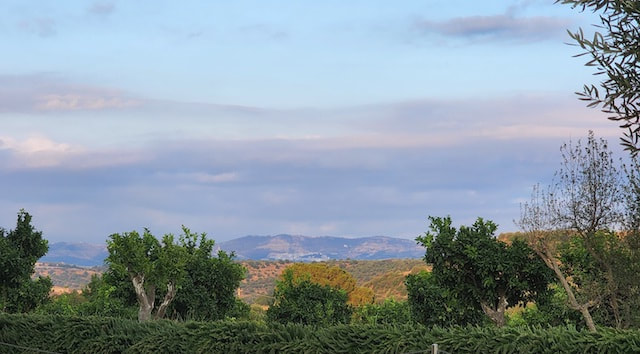
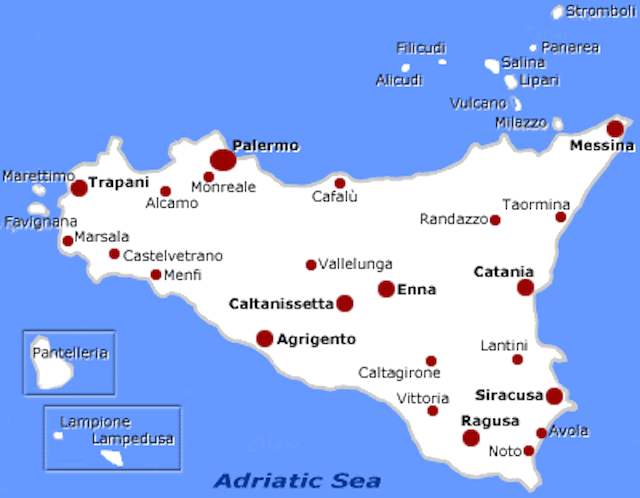
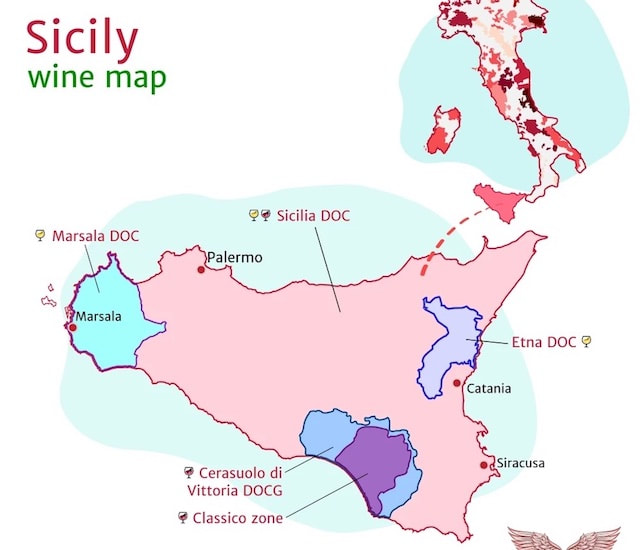
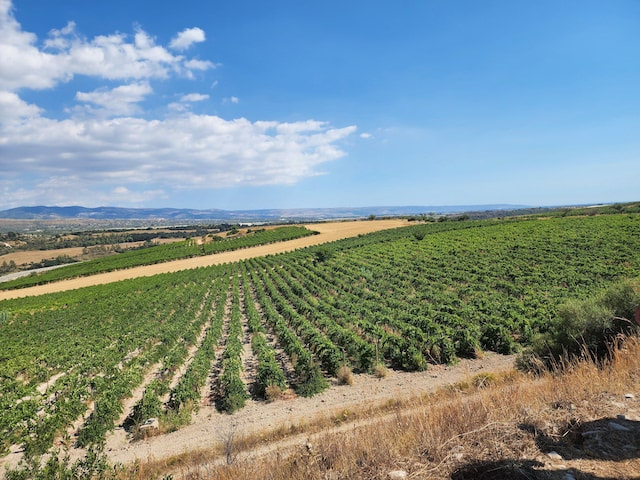
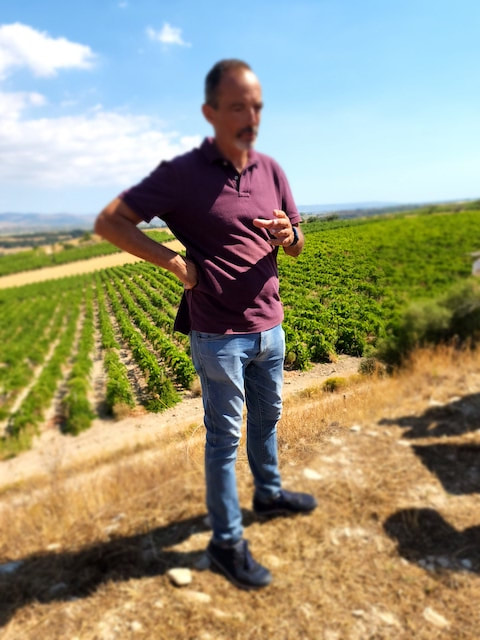
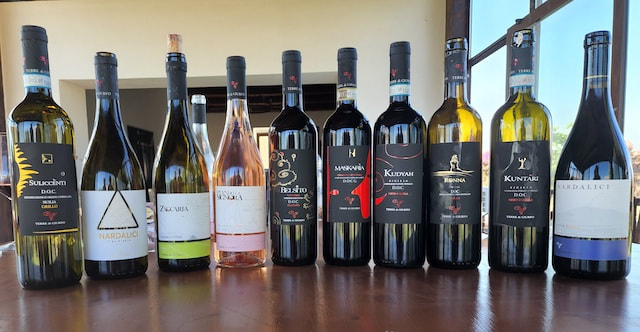
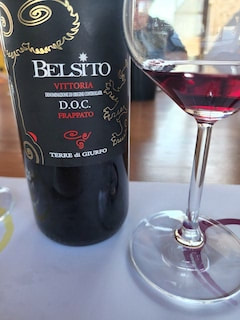
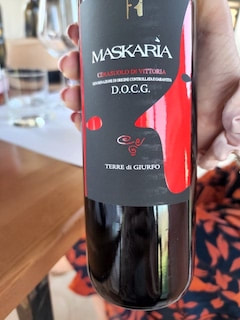
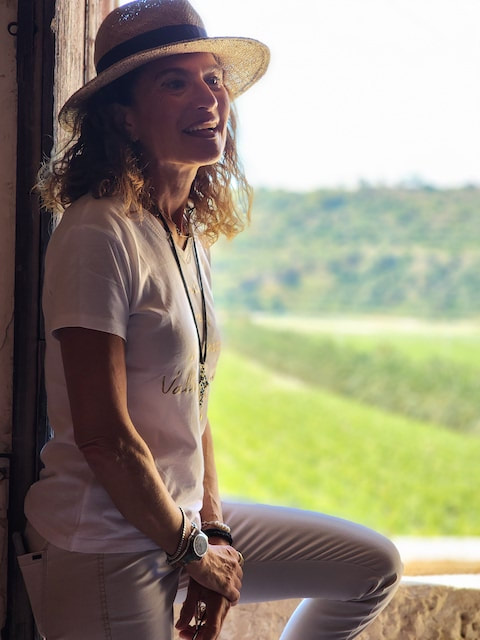
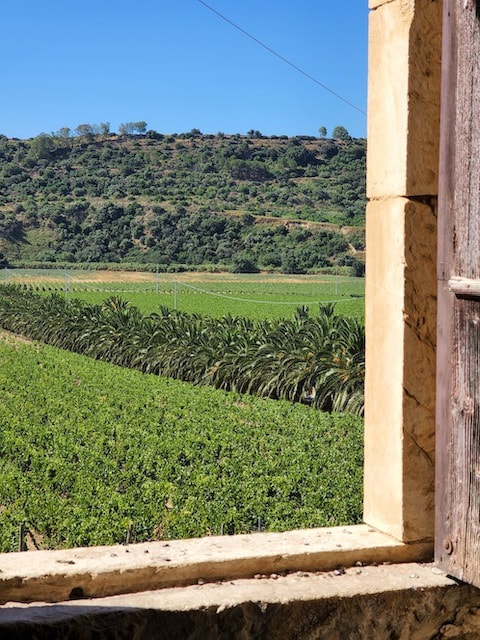
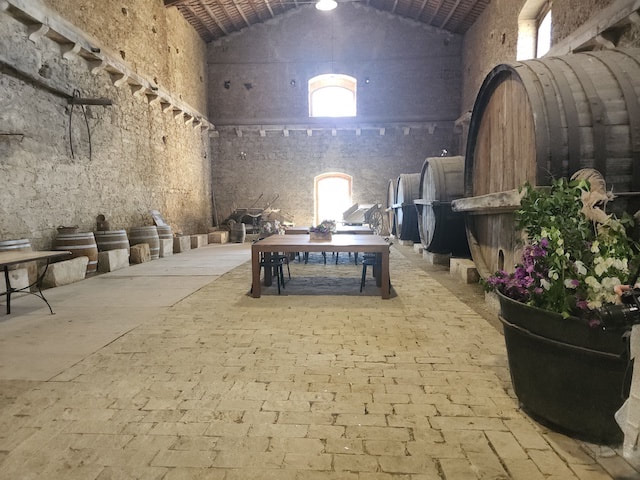
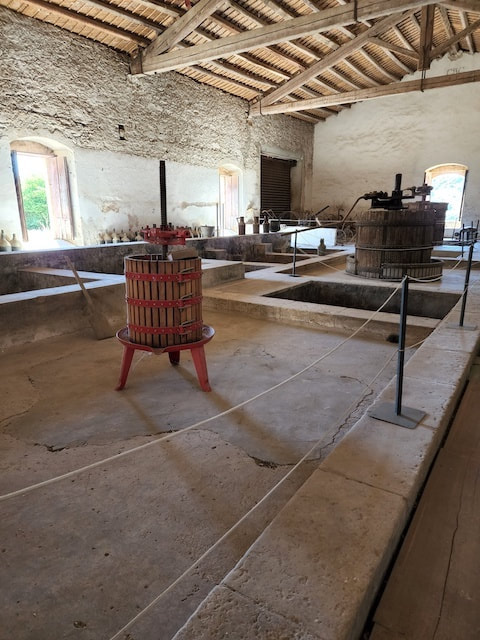
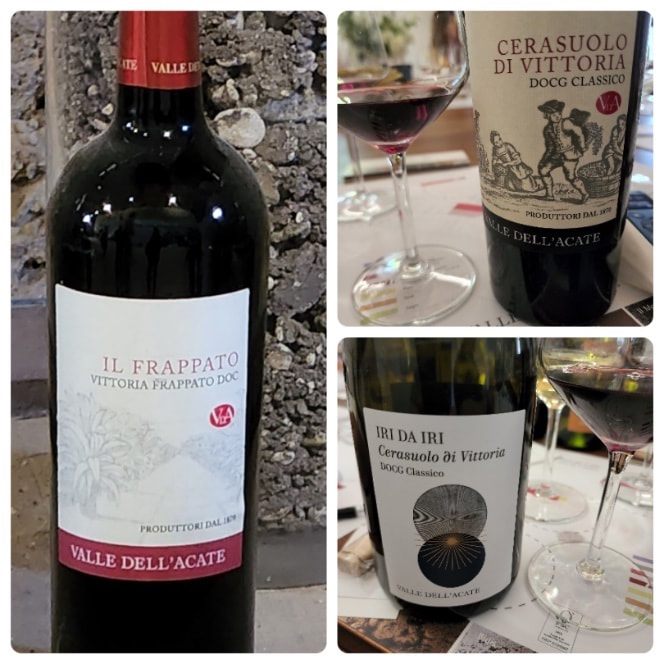
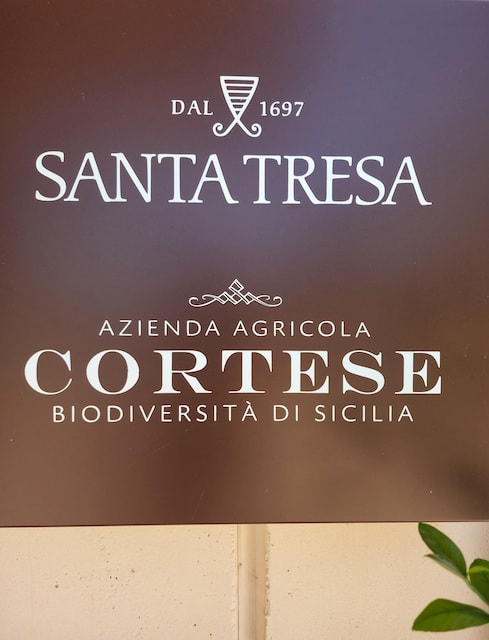
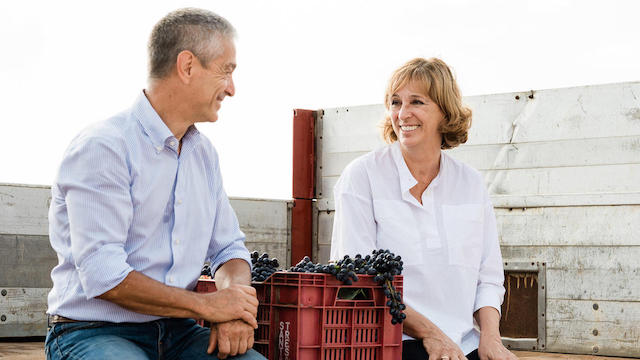
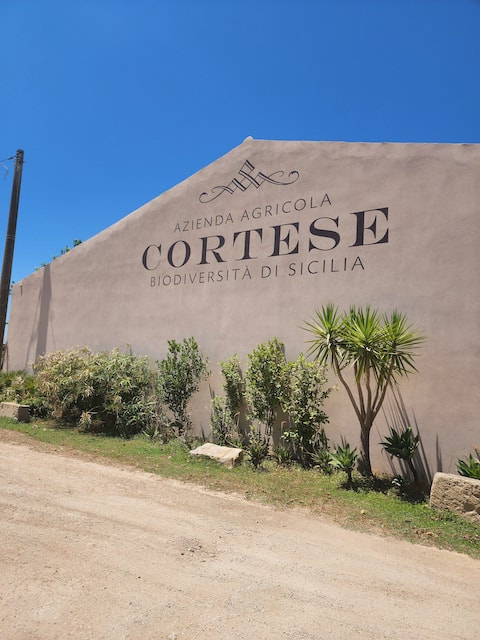
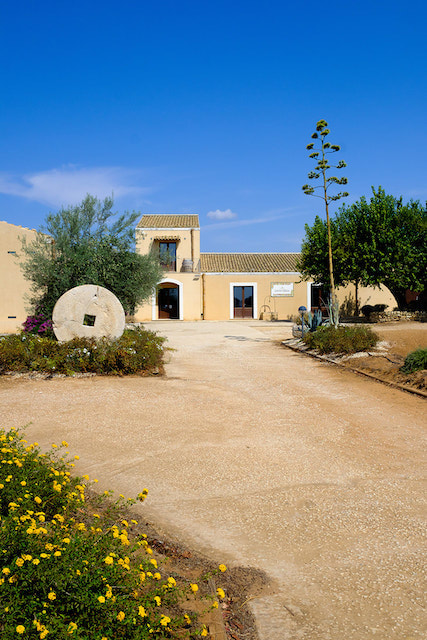
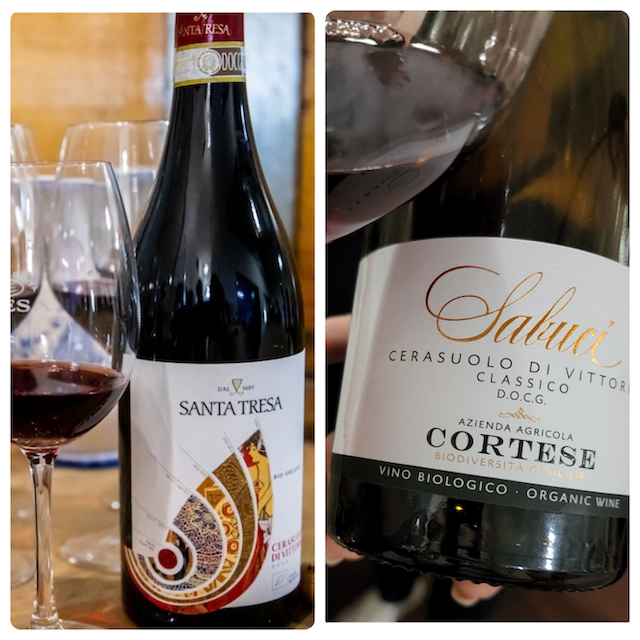
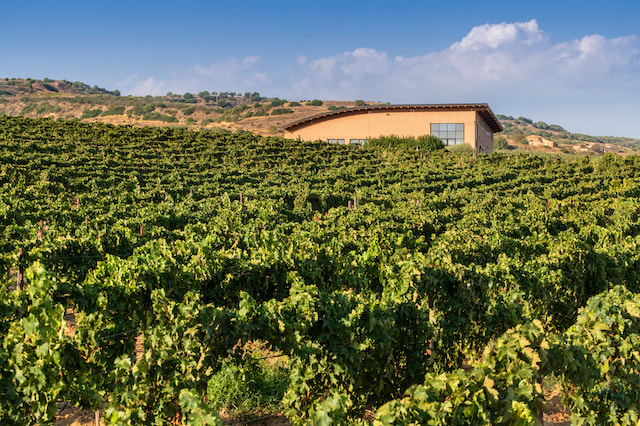
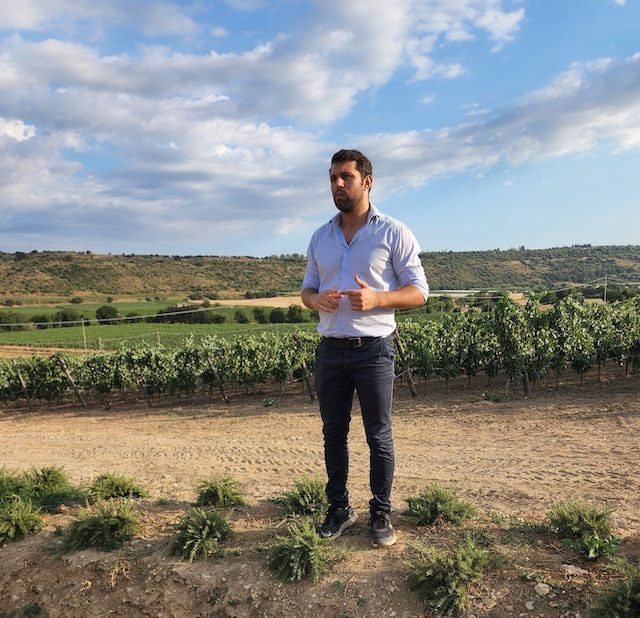
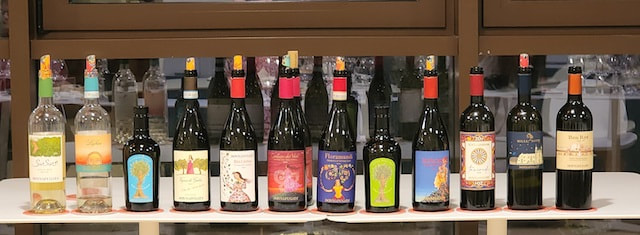
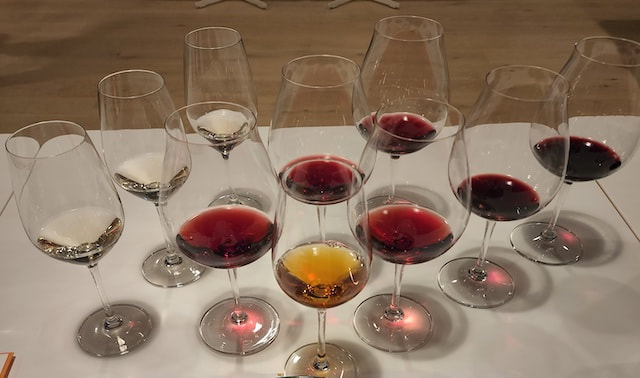
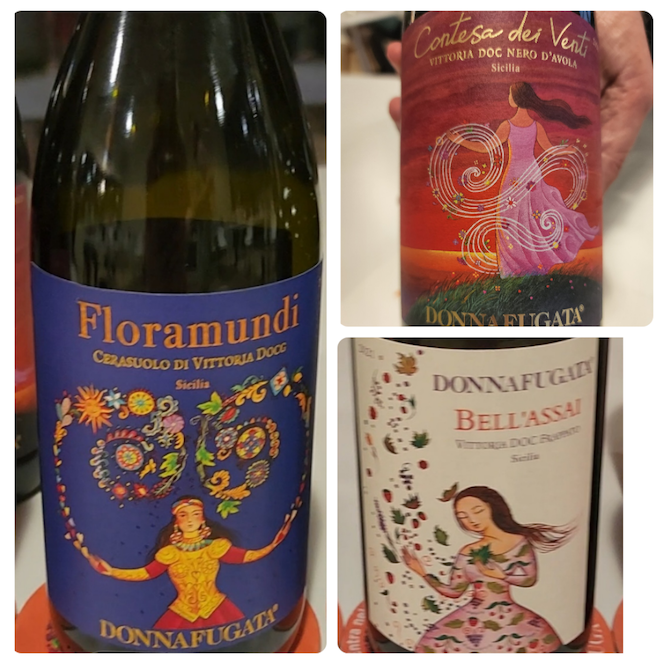
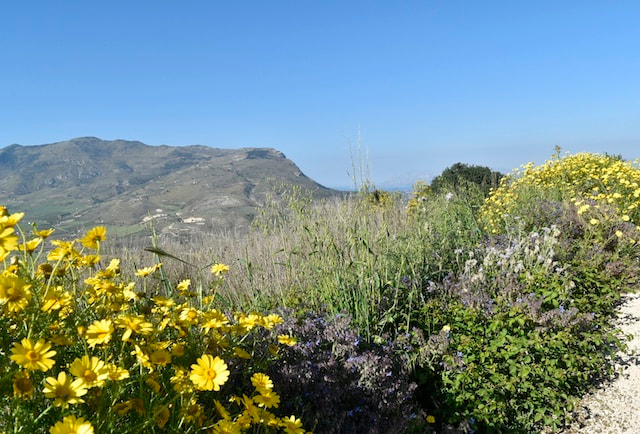
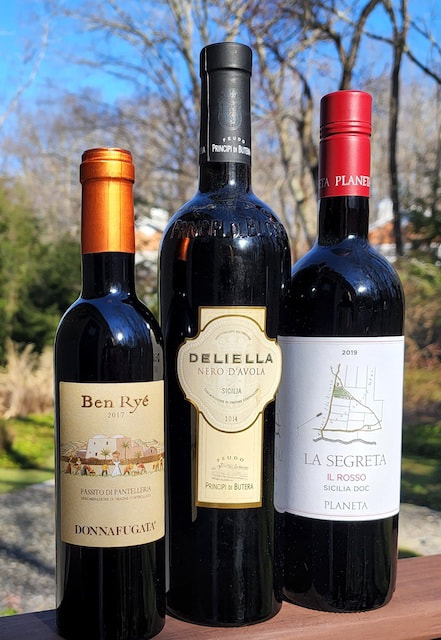
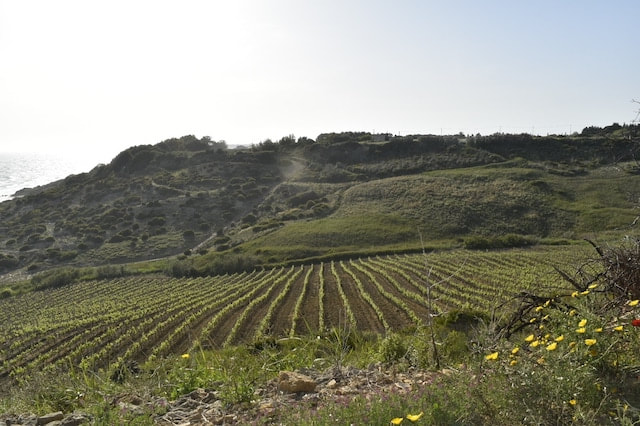
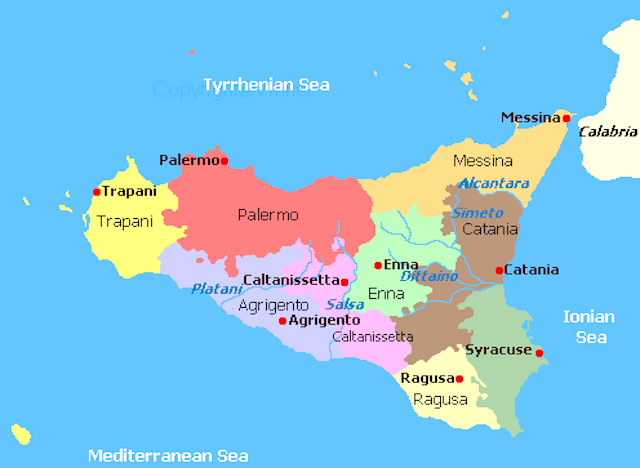
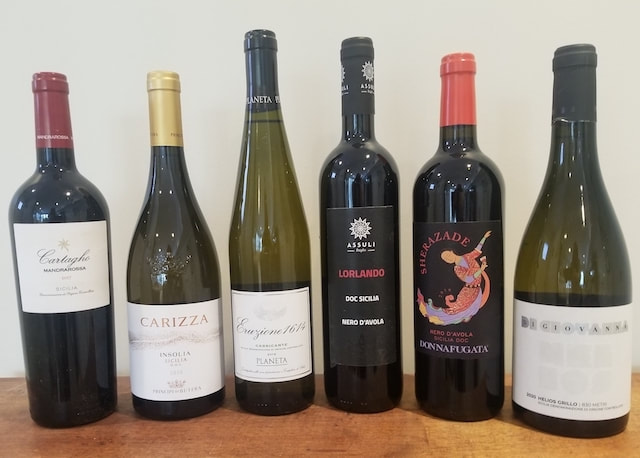
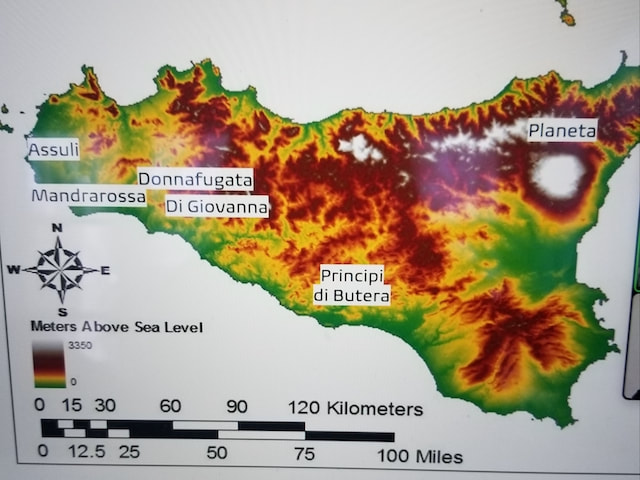
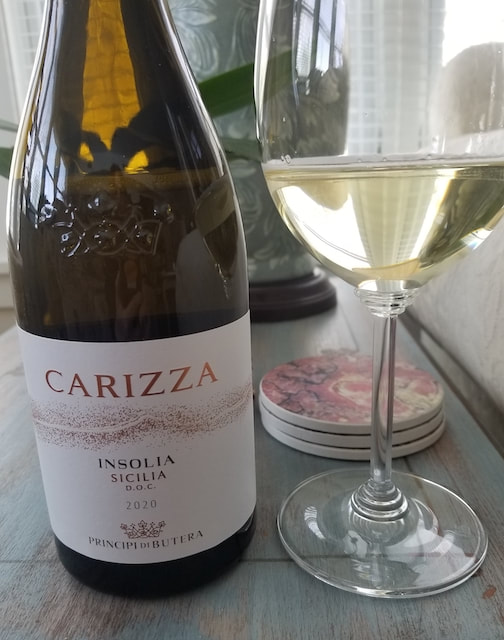
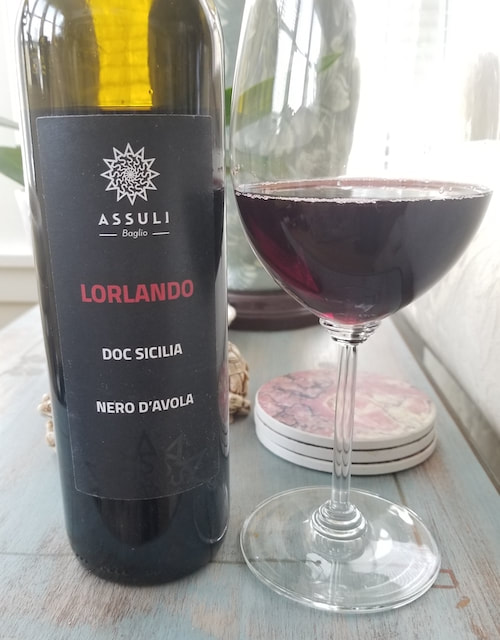
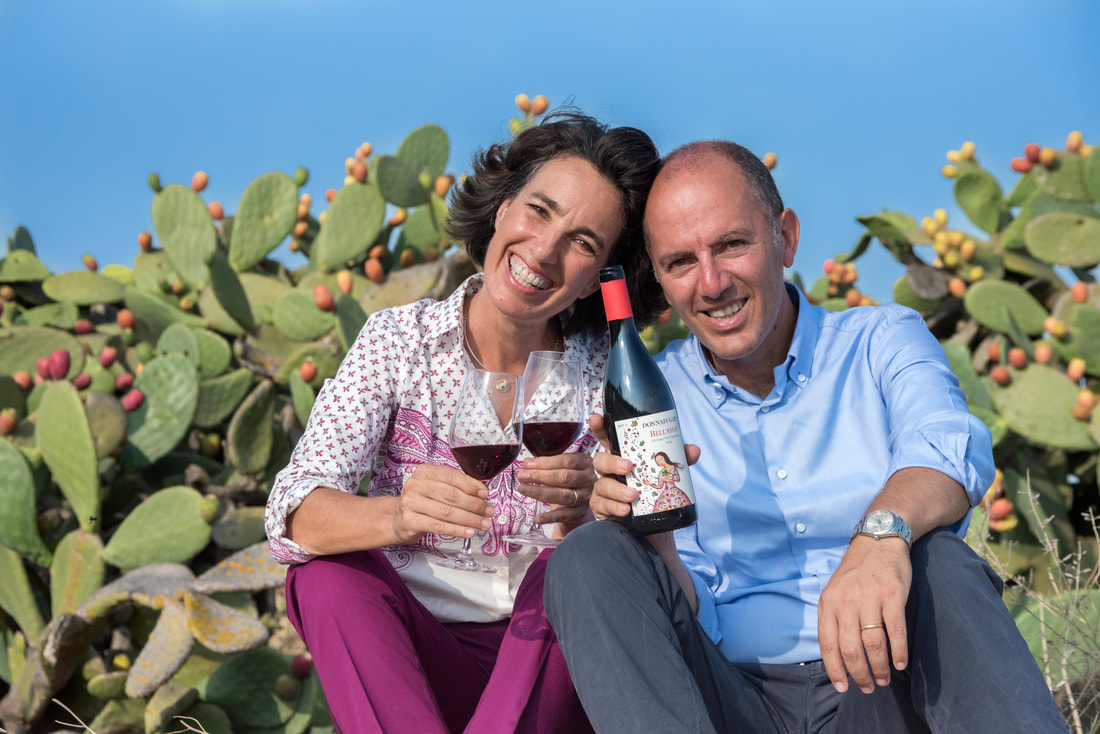
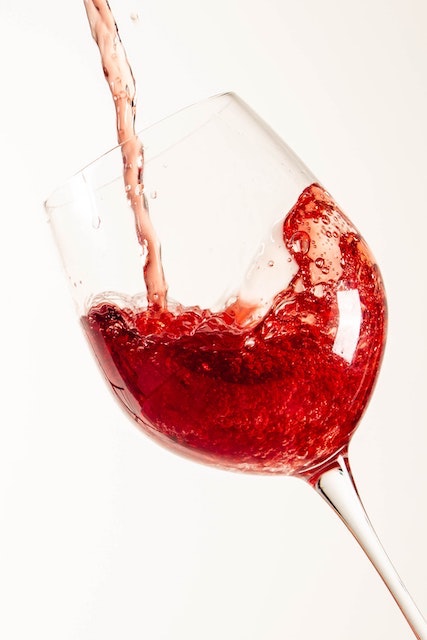
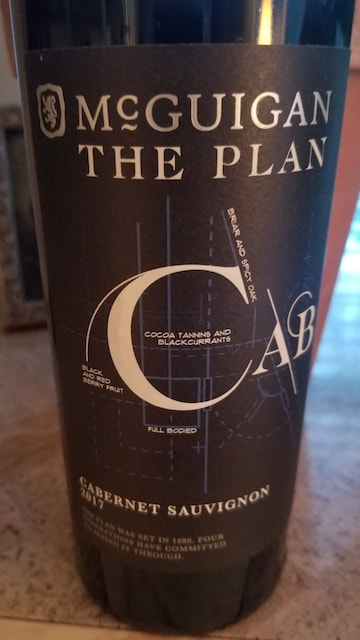
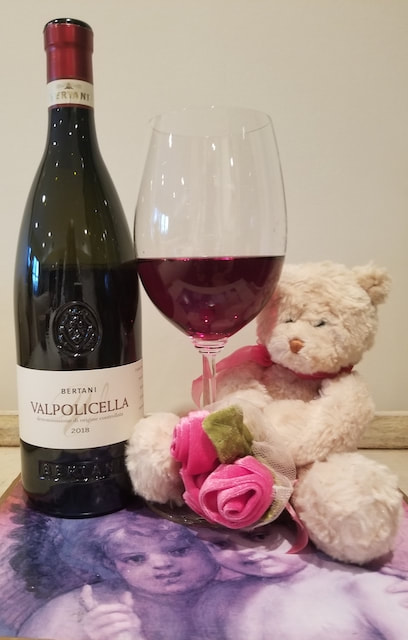
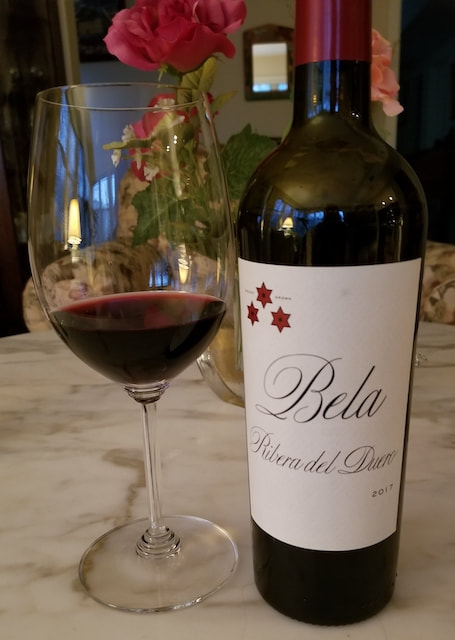
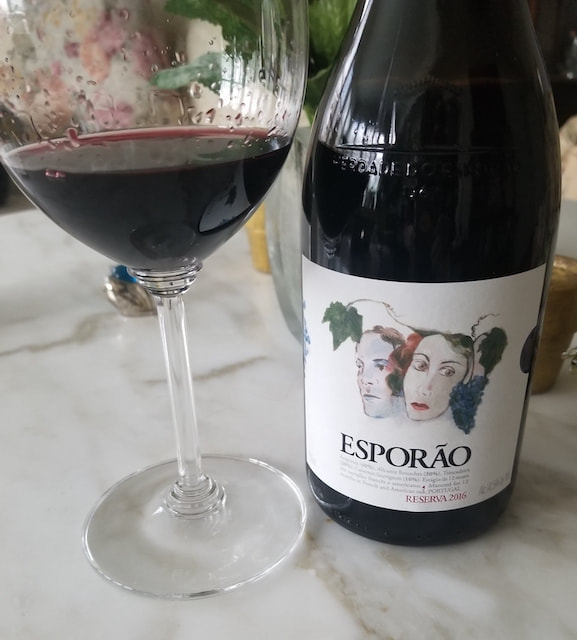
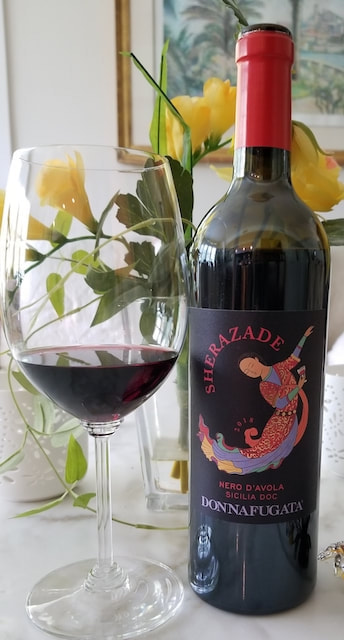
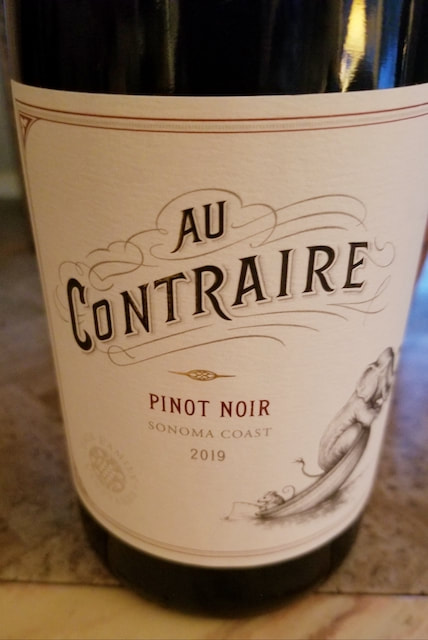
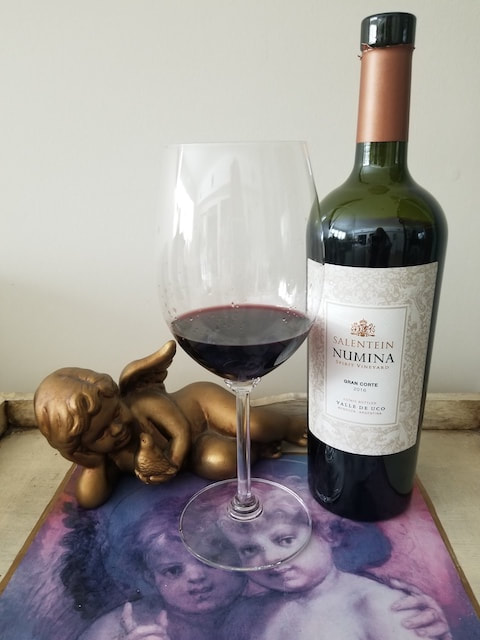
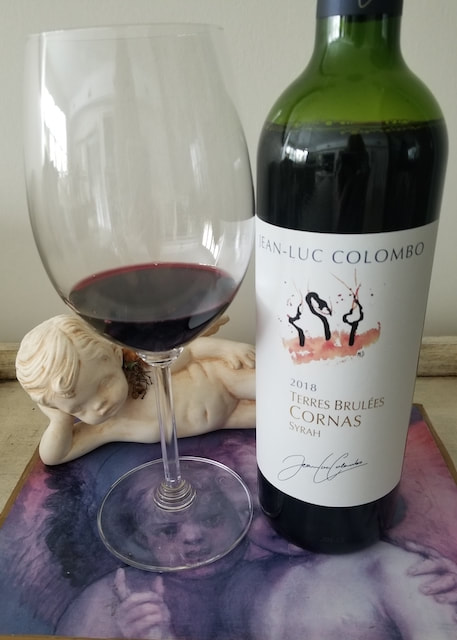

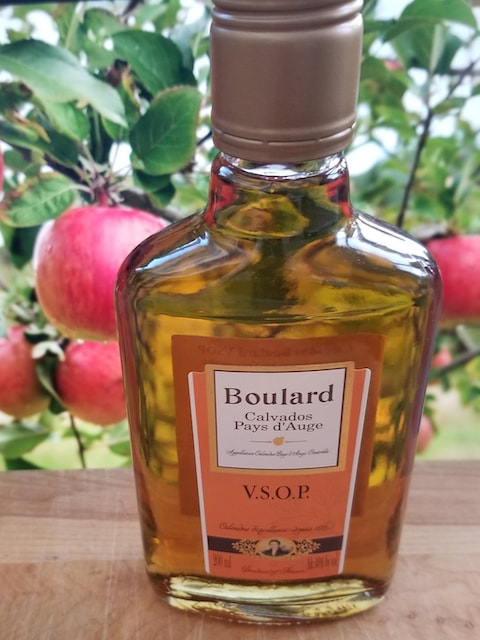
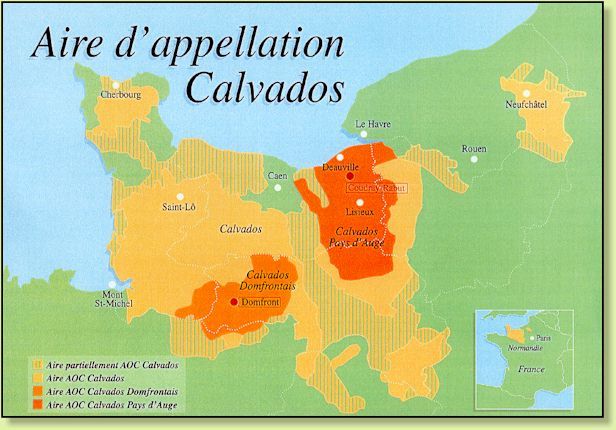
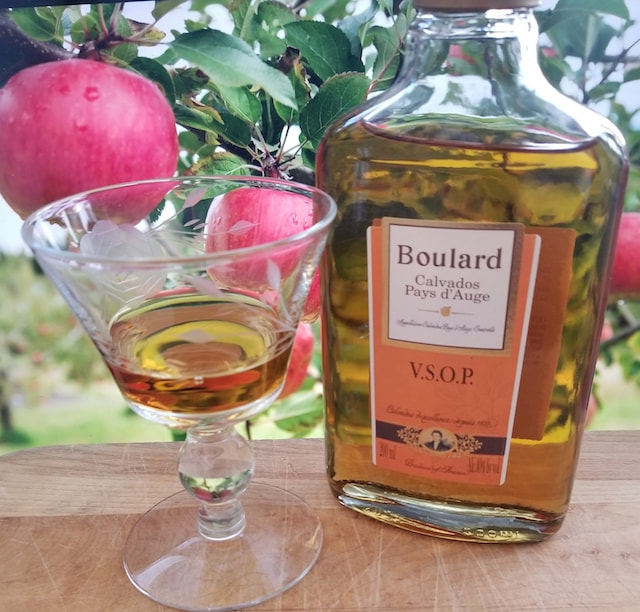
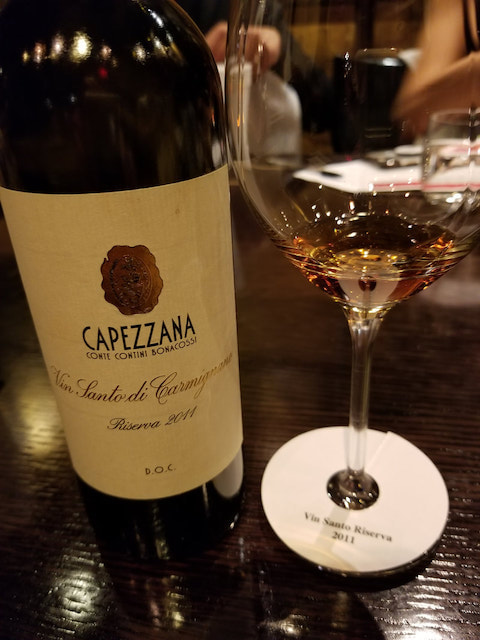
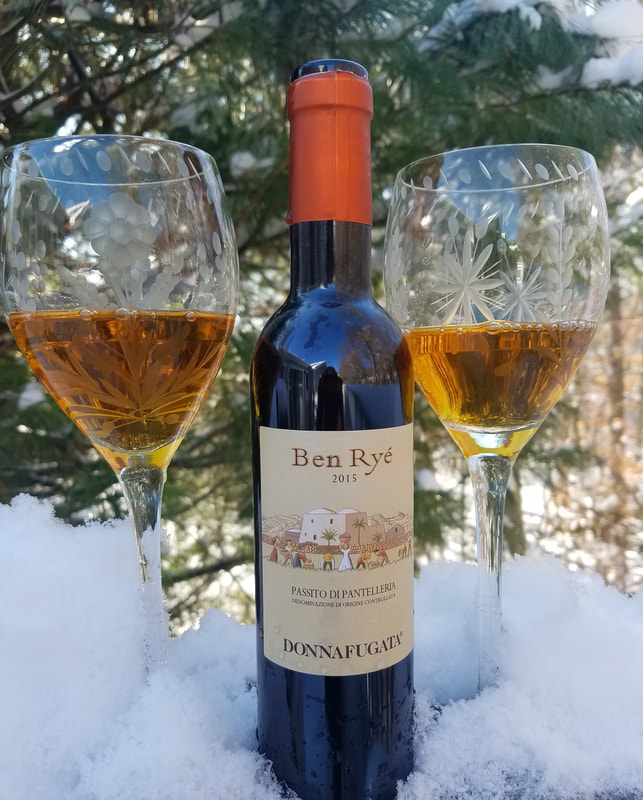
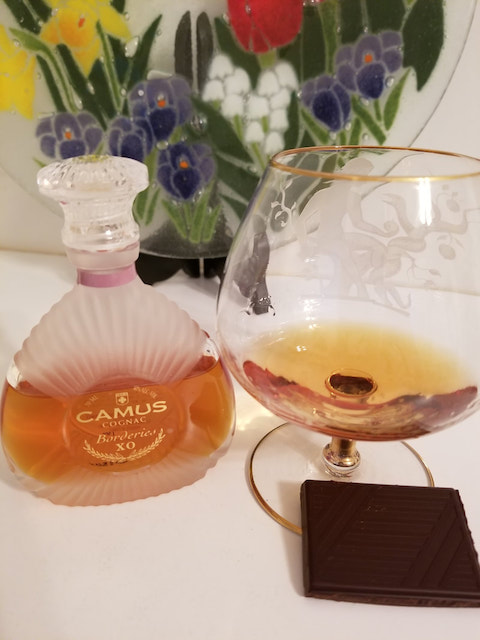
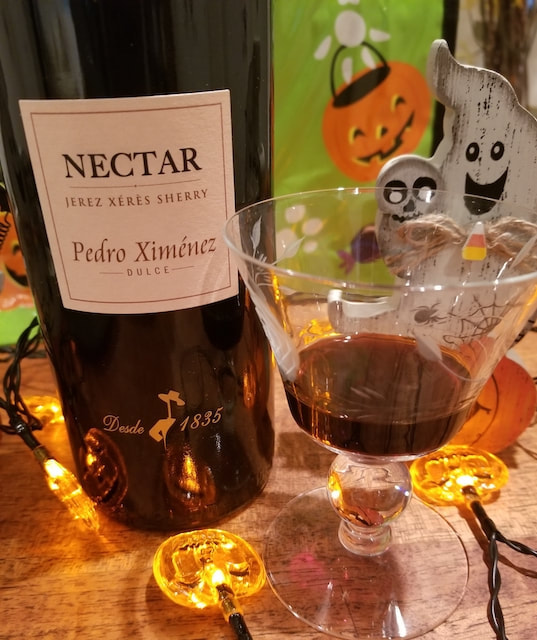
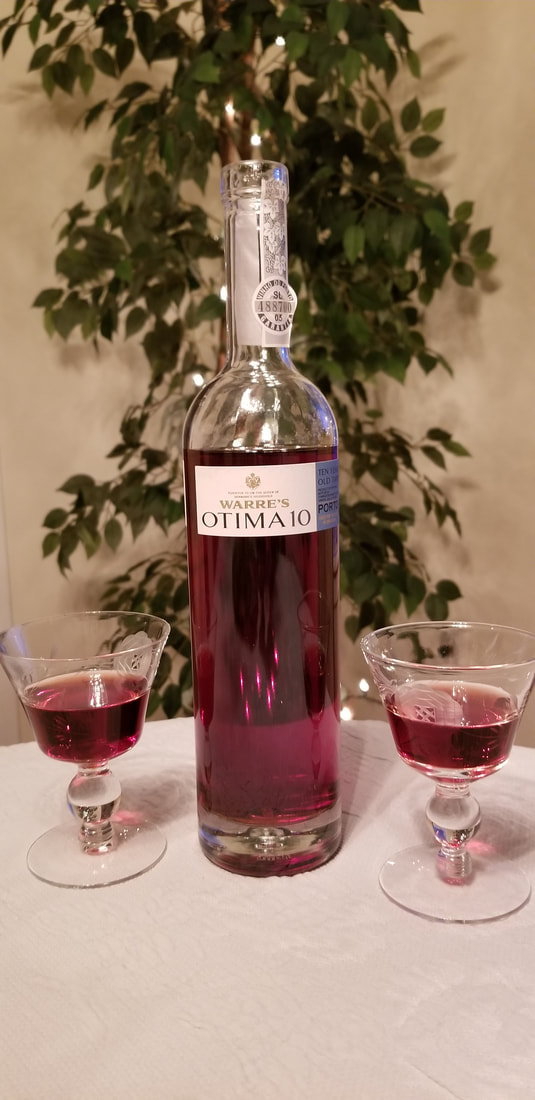
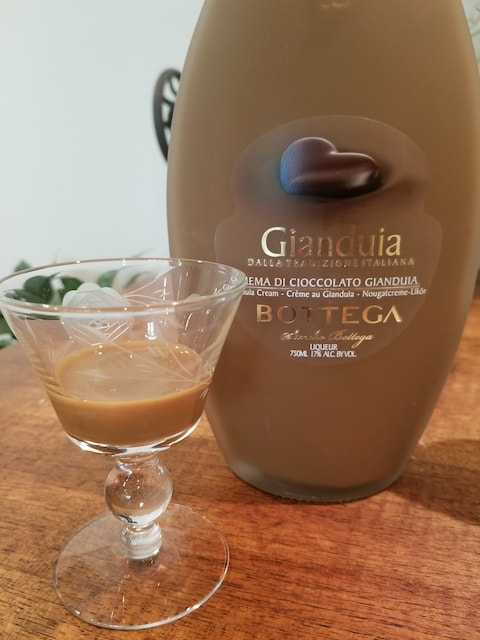
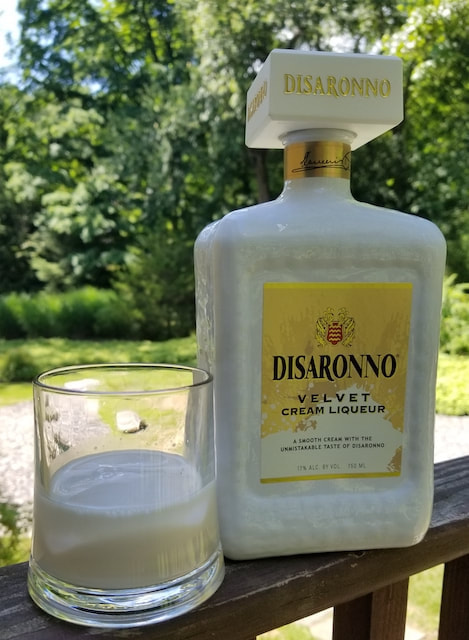
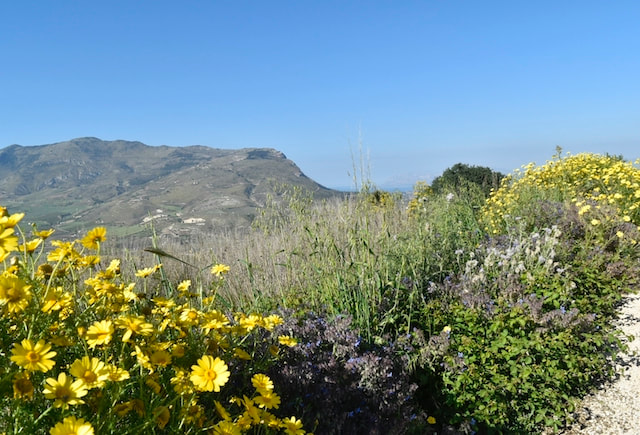
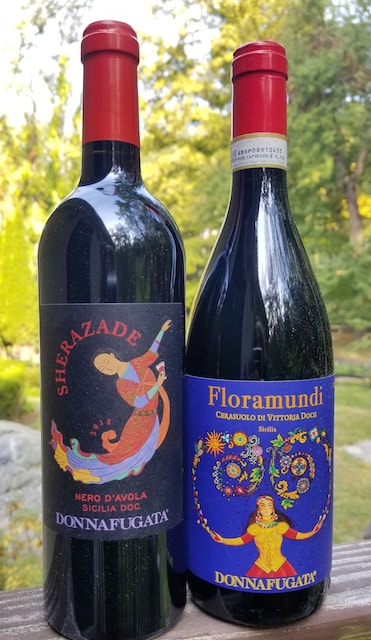
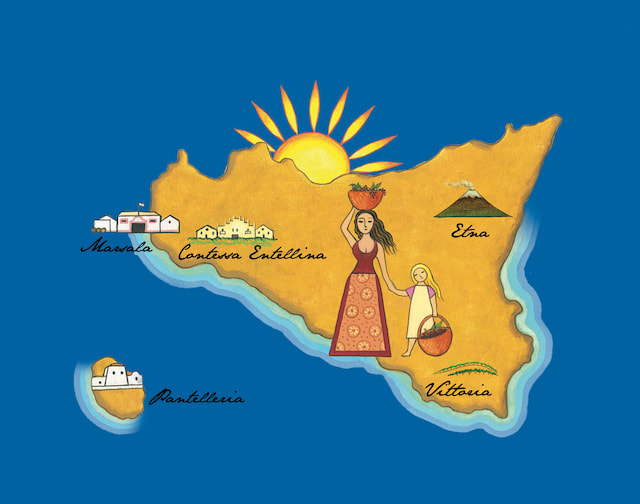
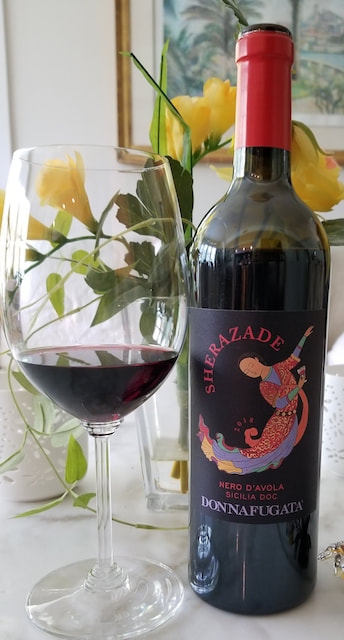
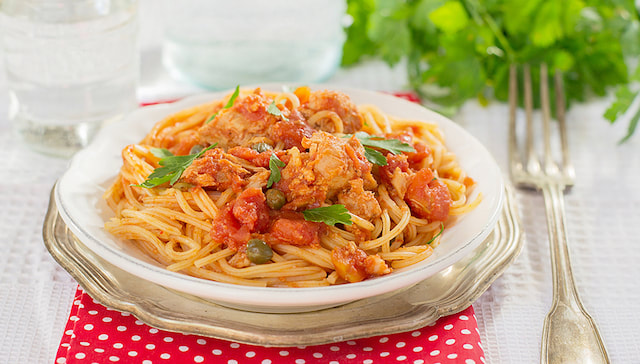
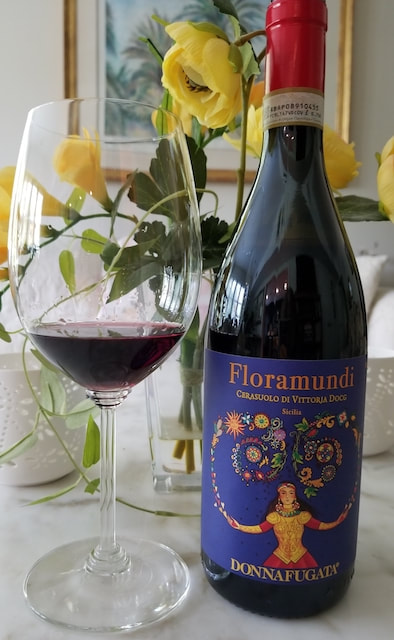
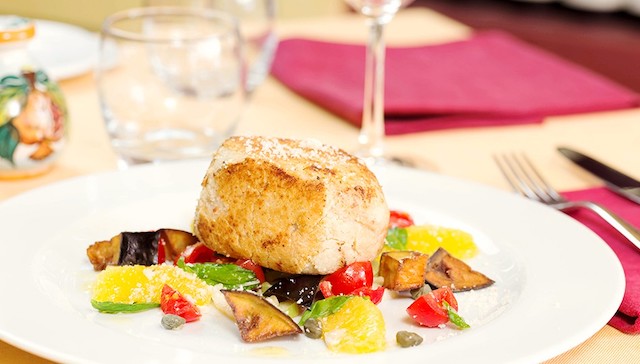
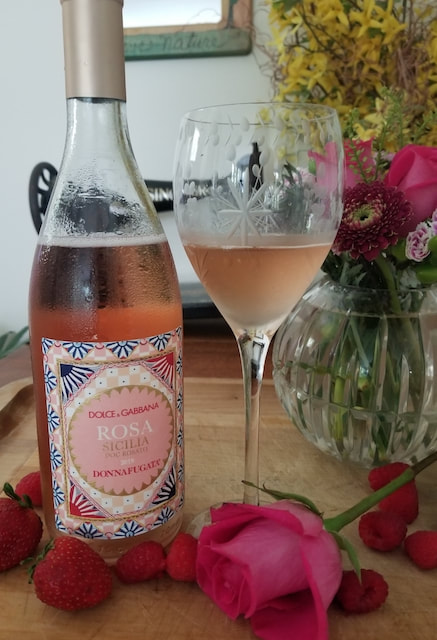
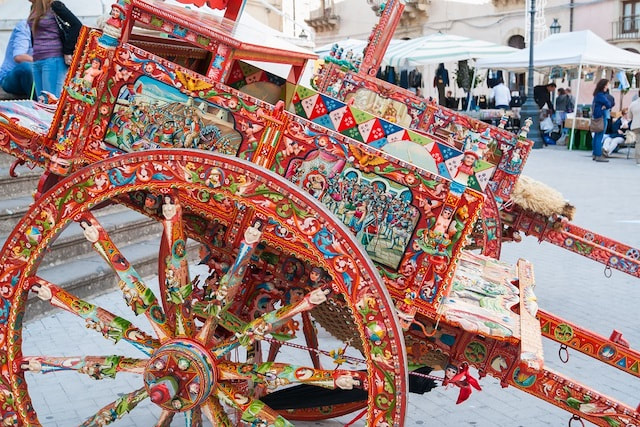
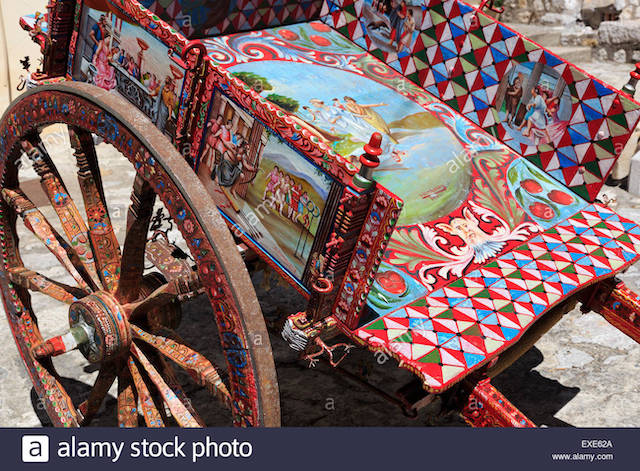
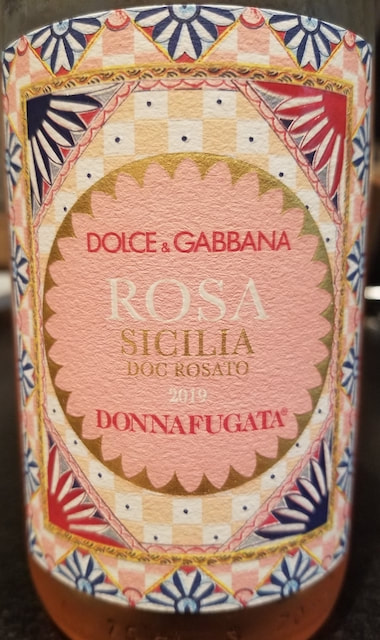
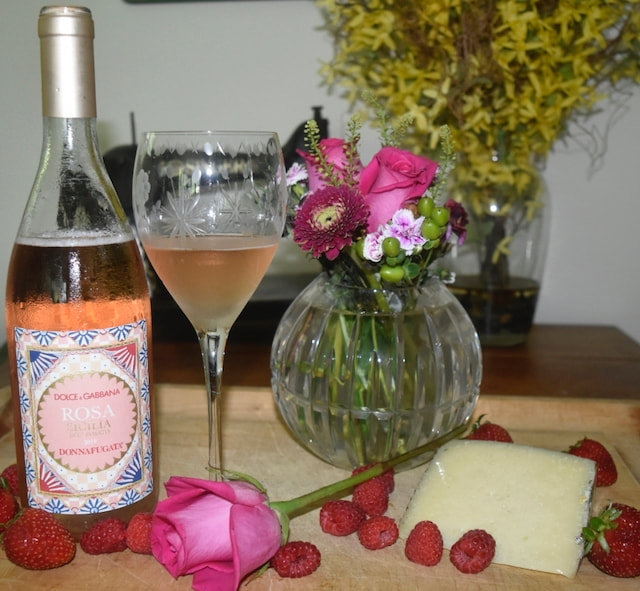
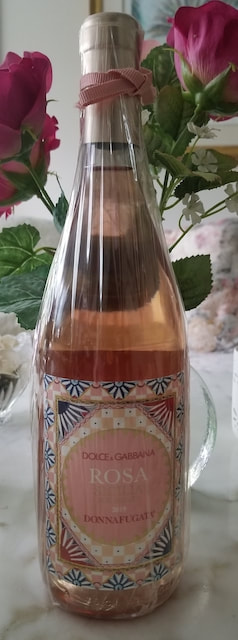
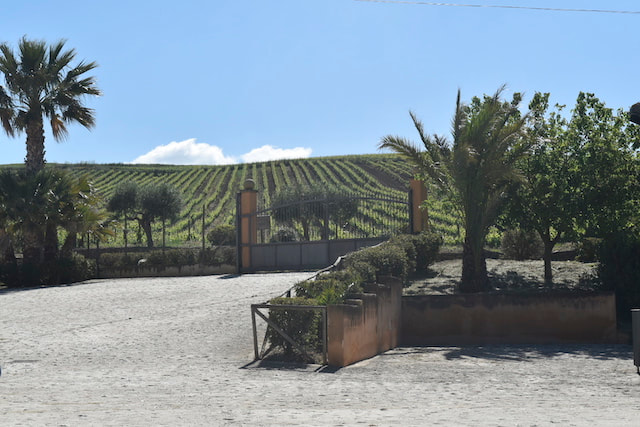
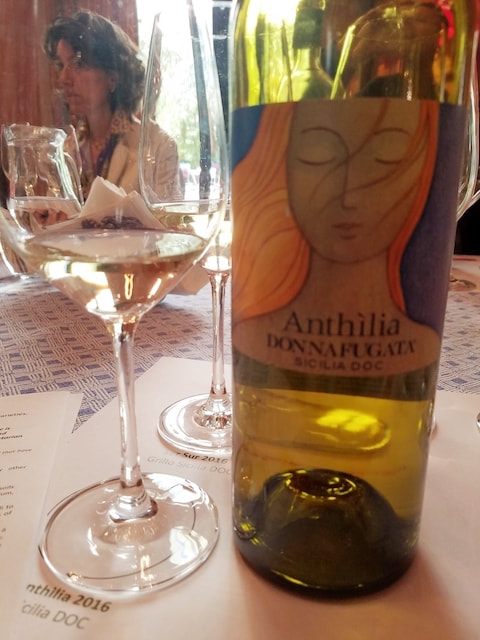
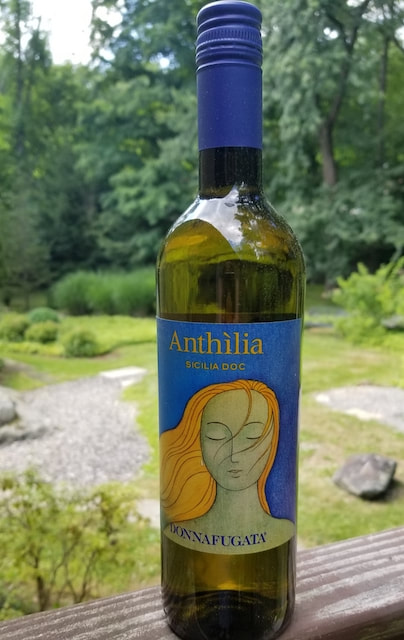
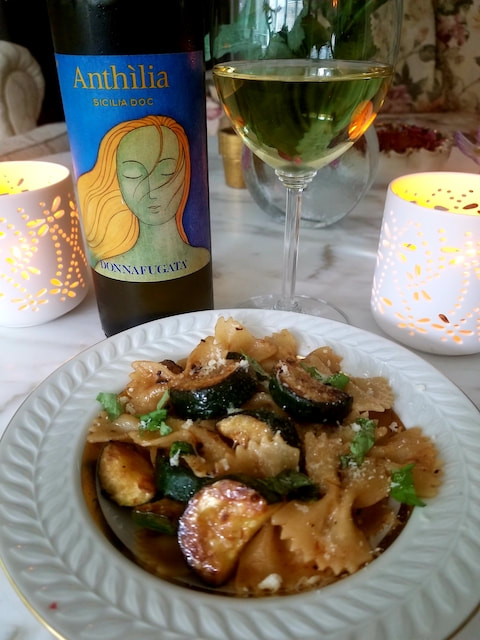
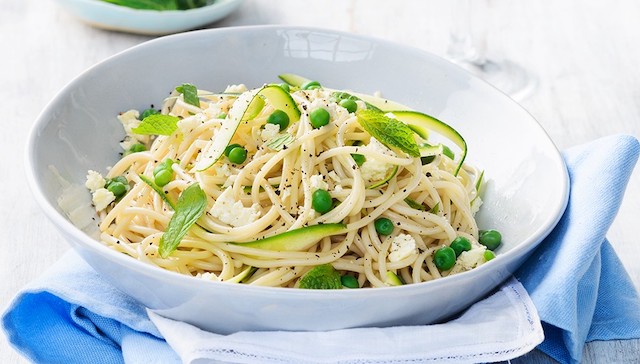
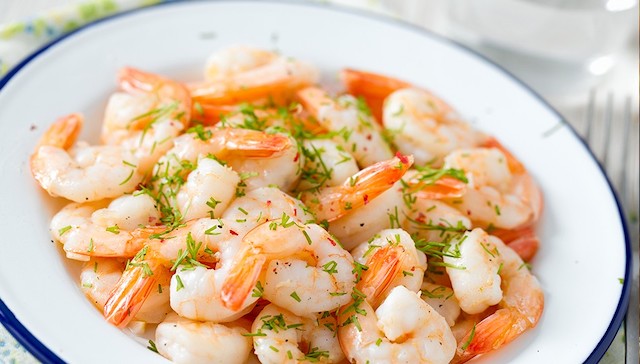

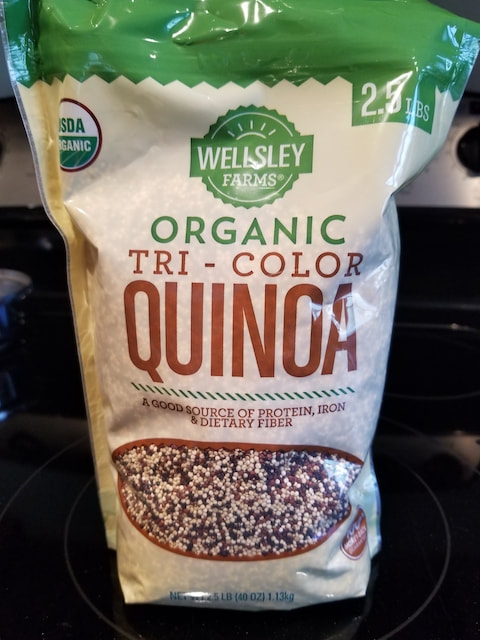
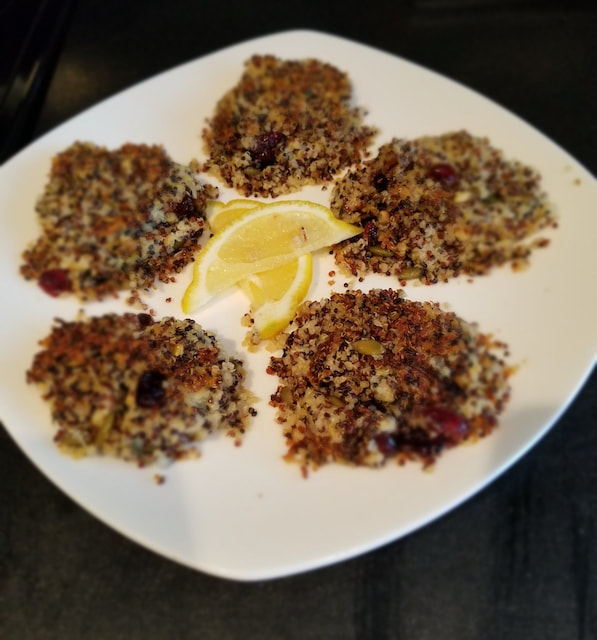
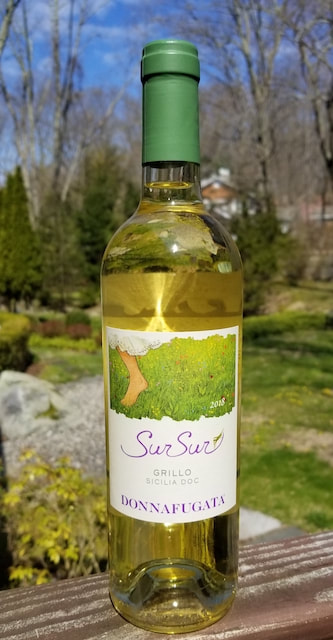
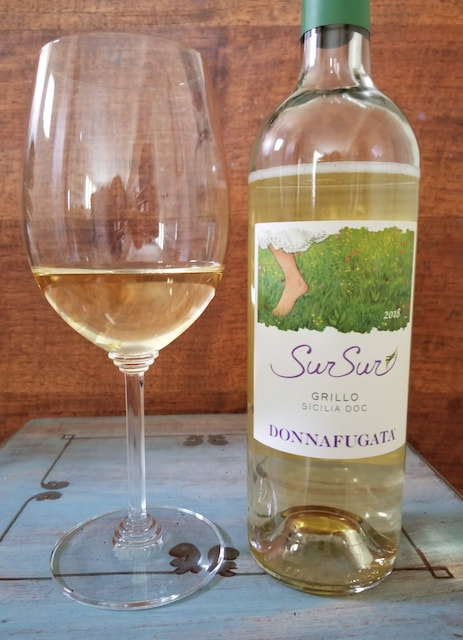
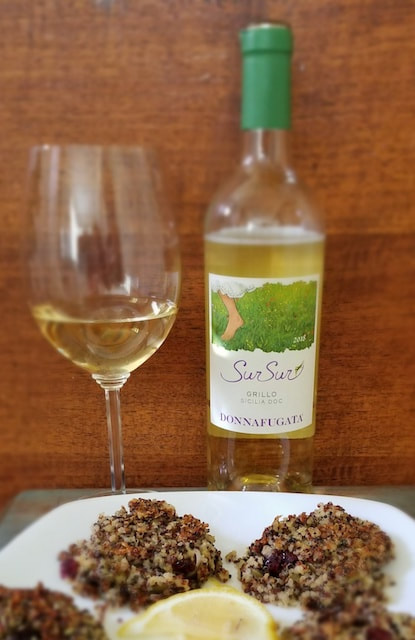
 RSS Feed
RSS Feed